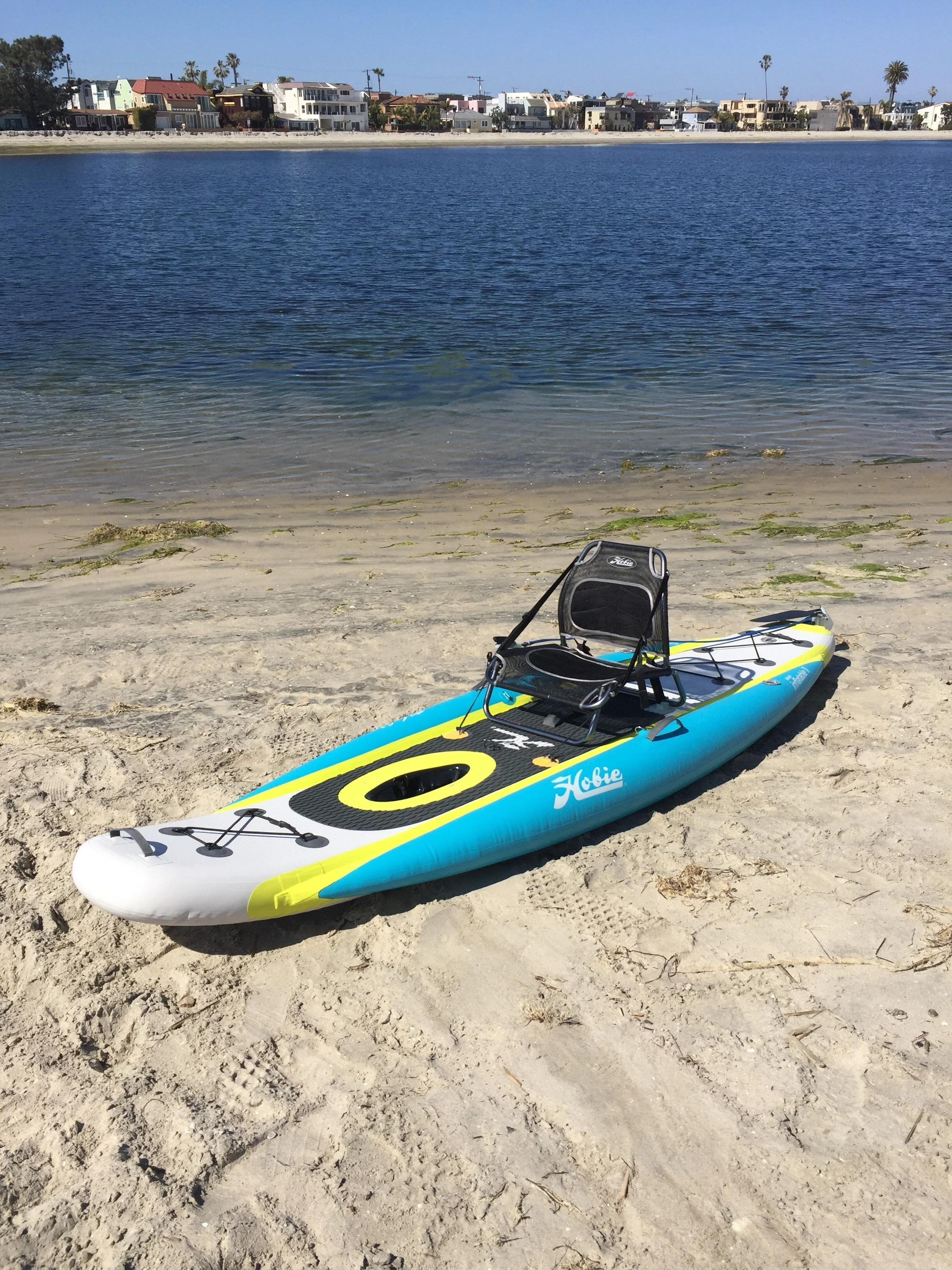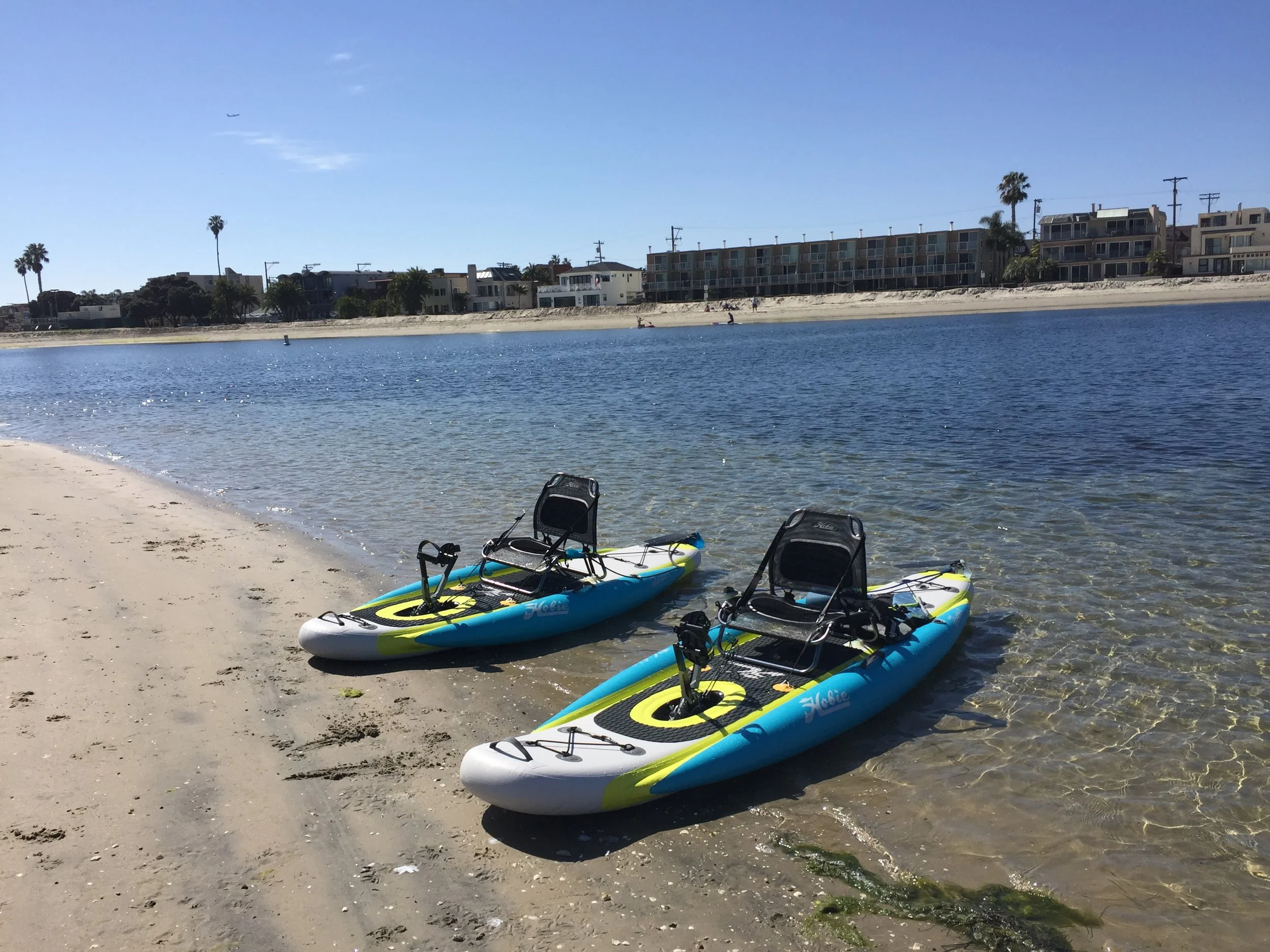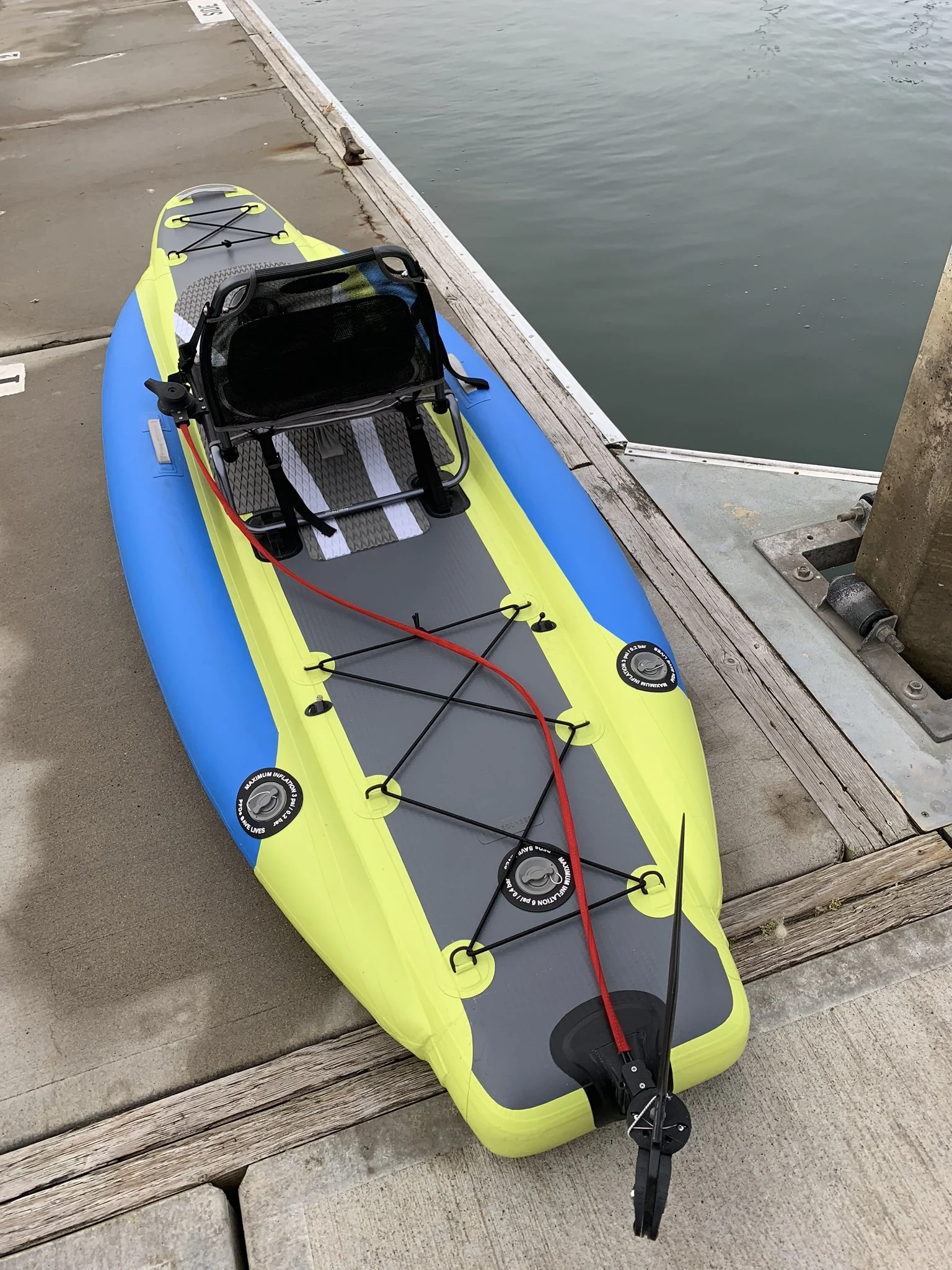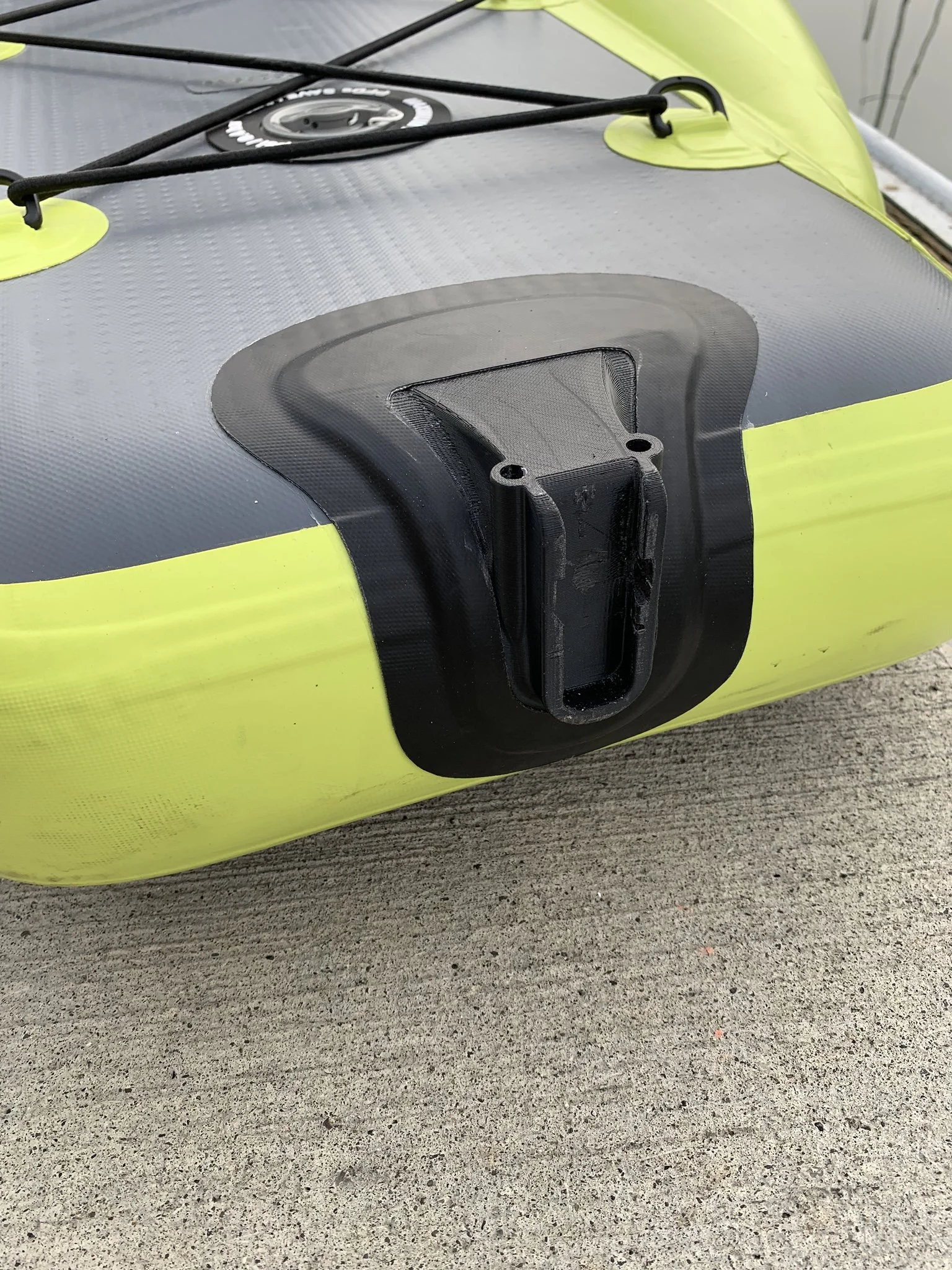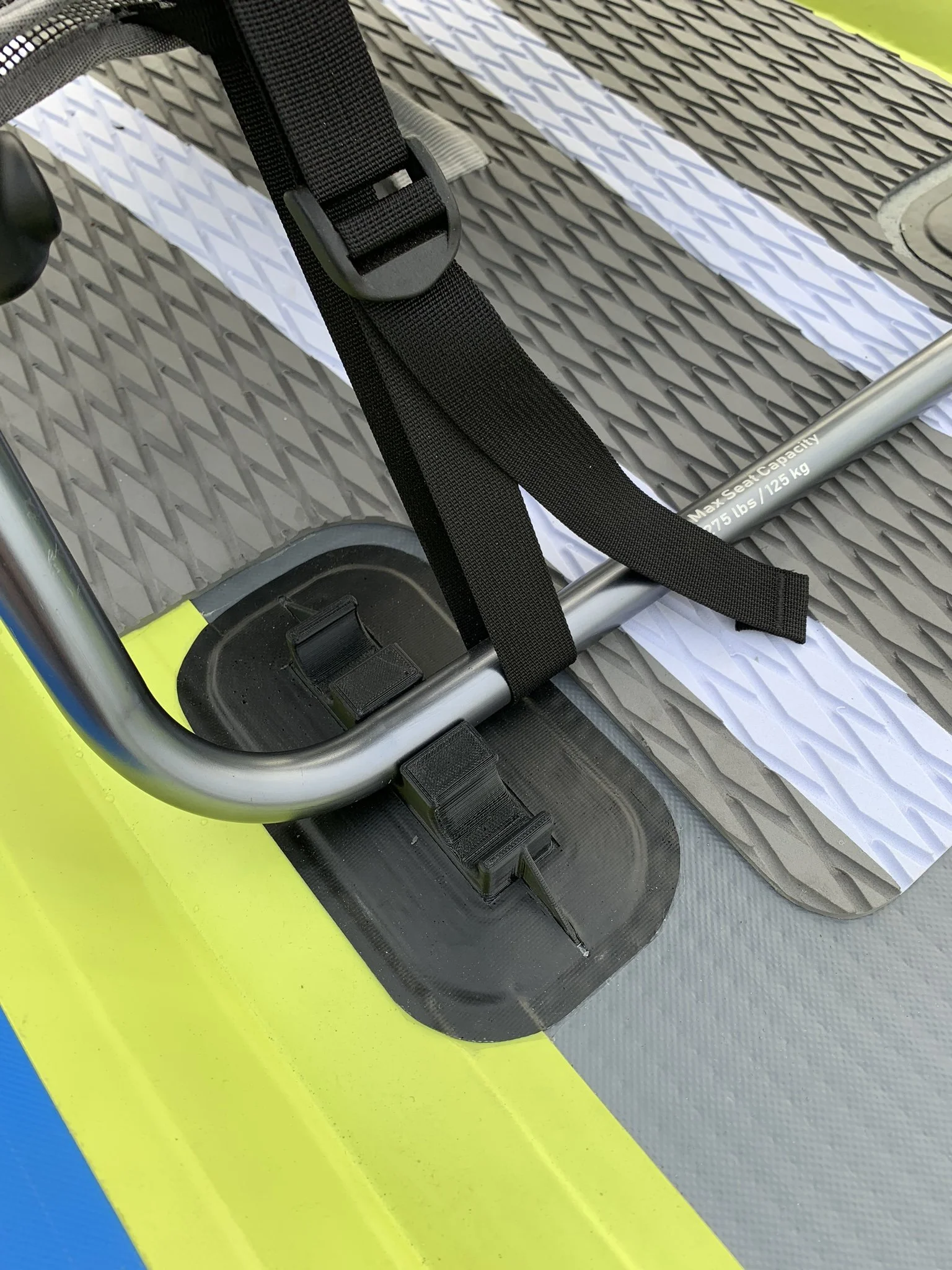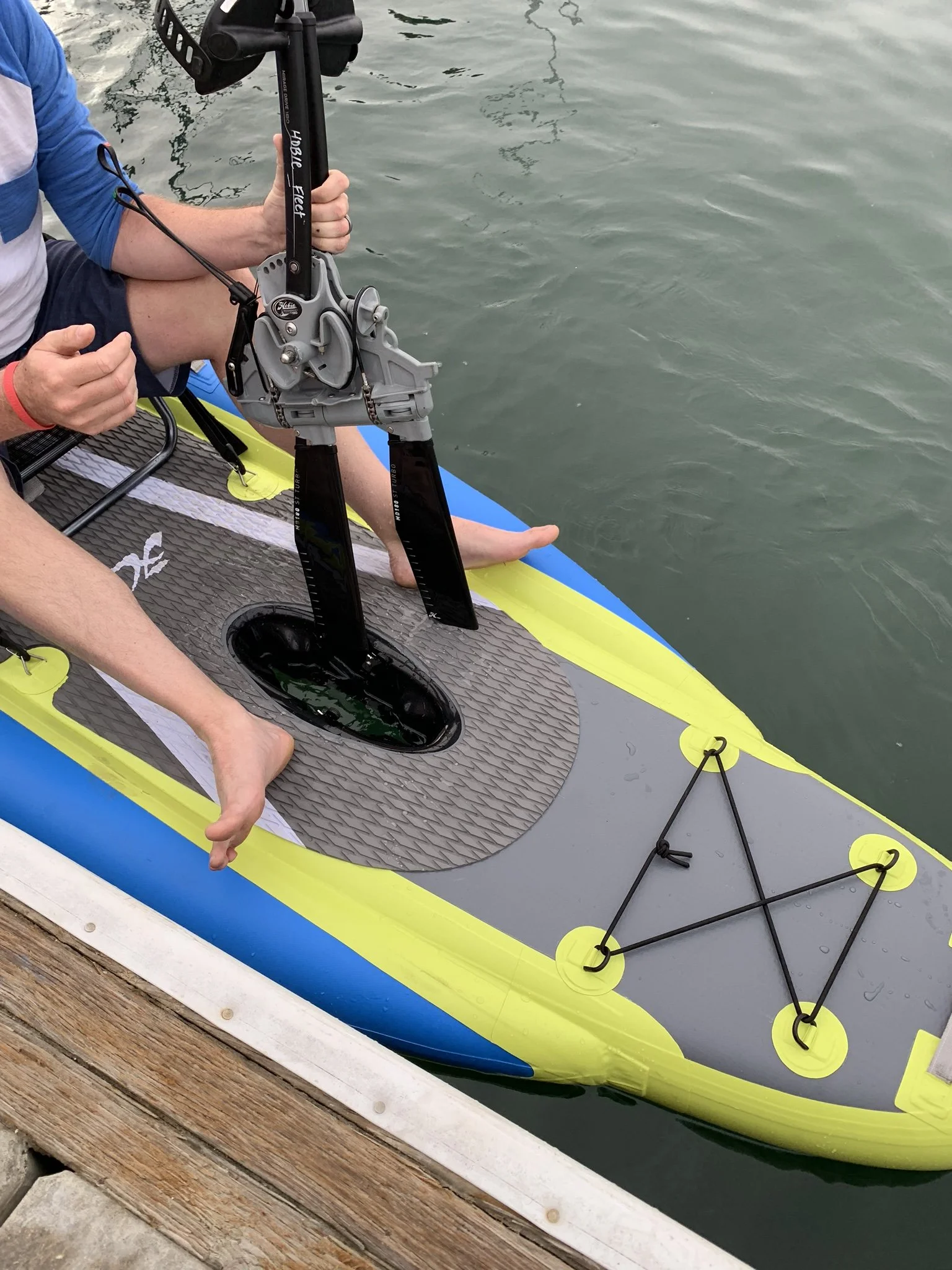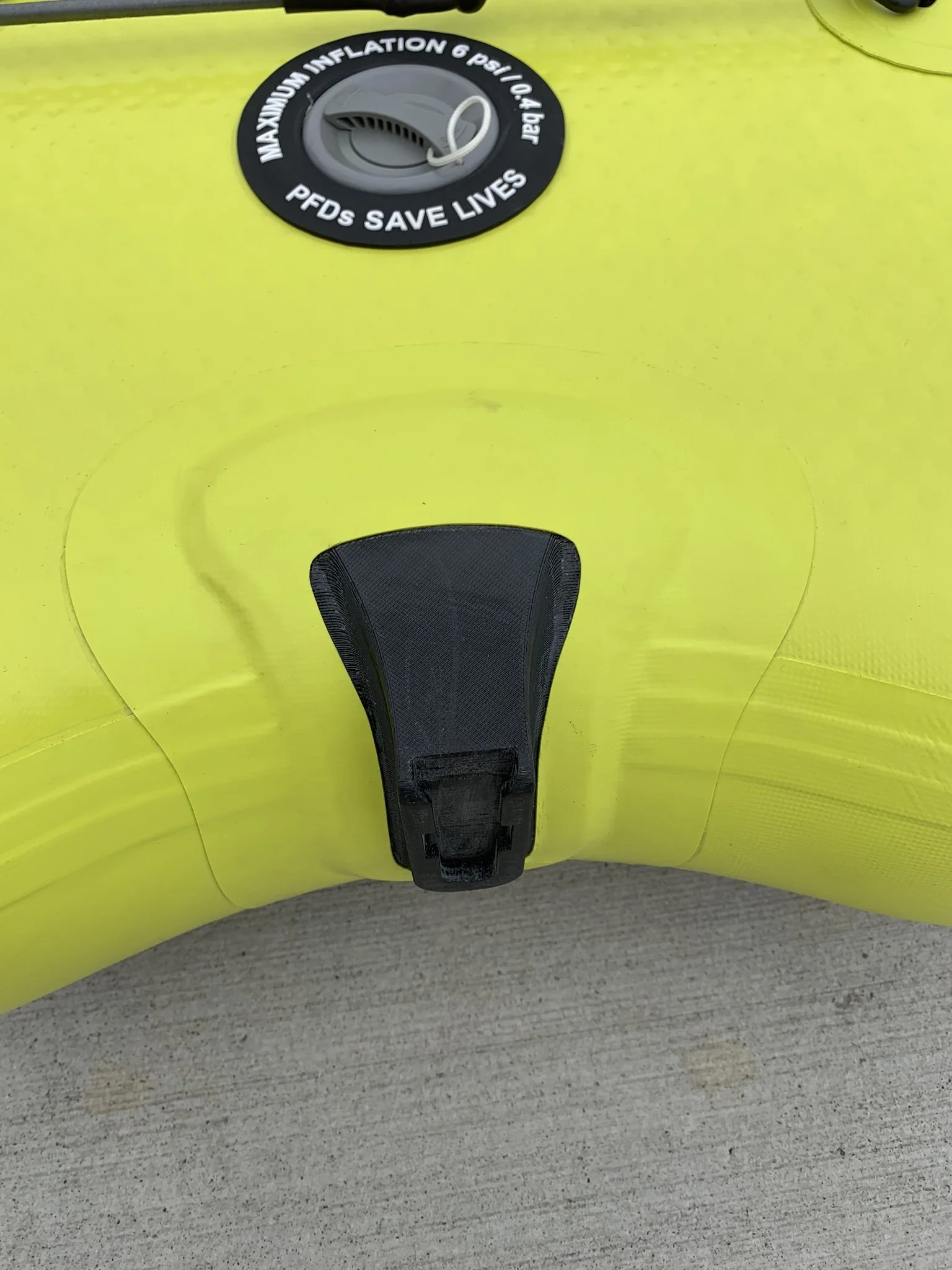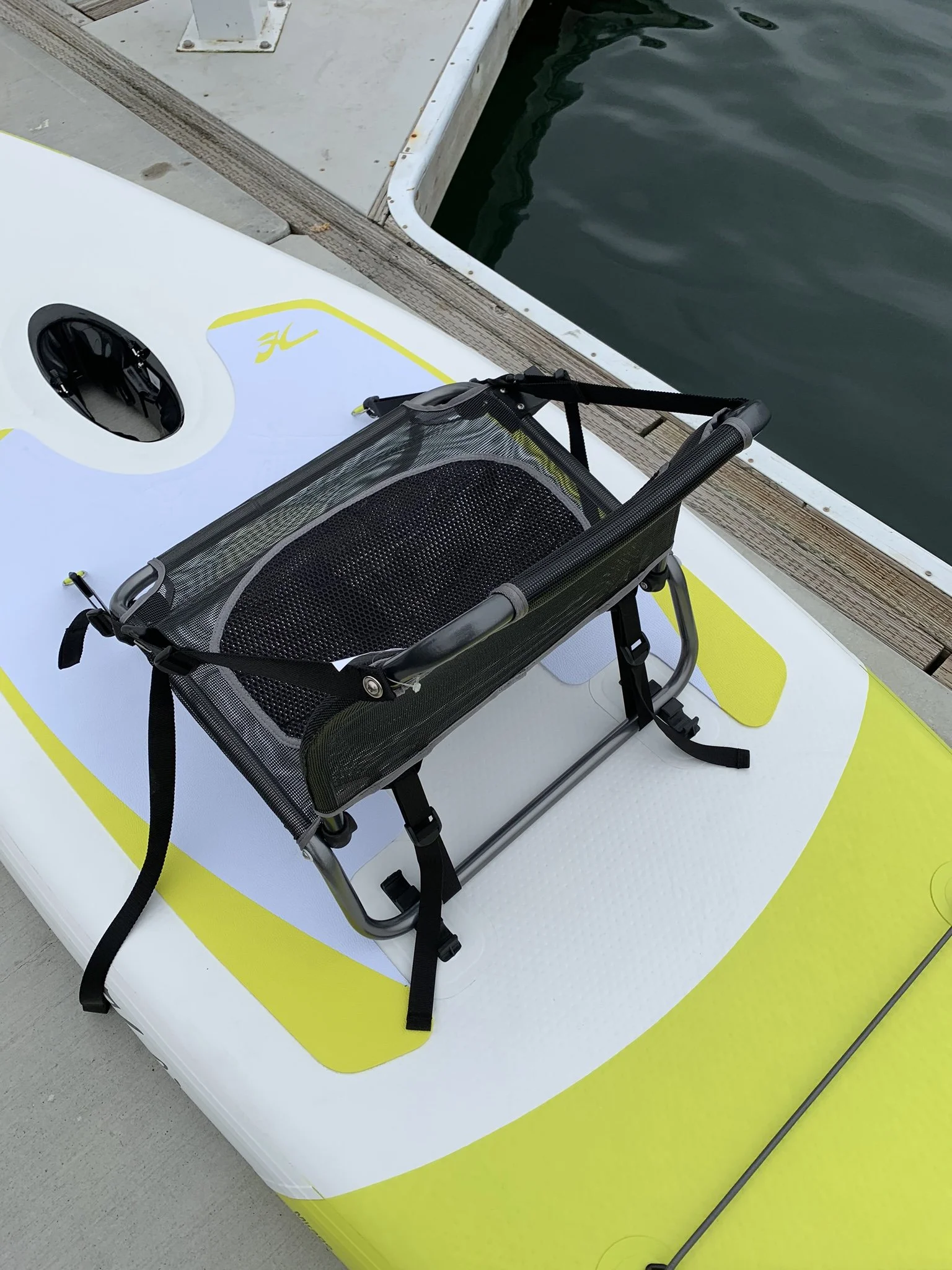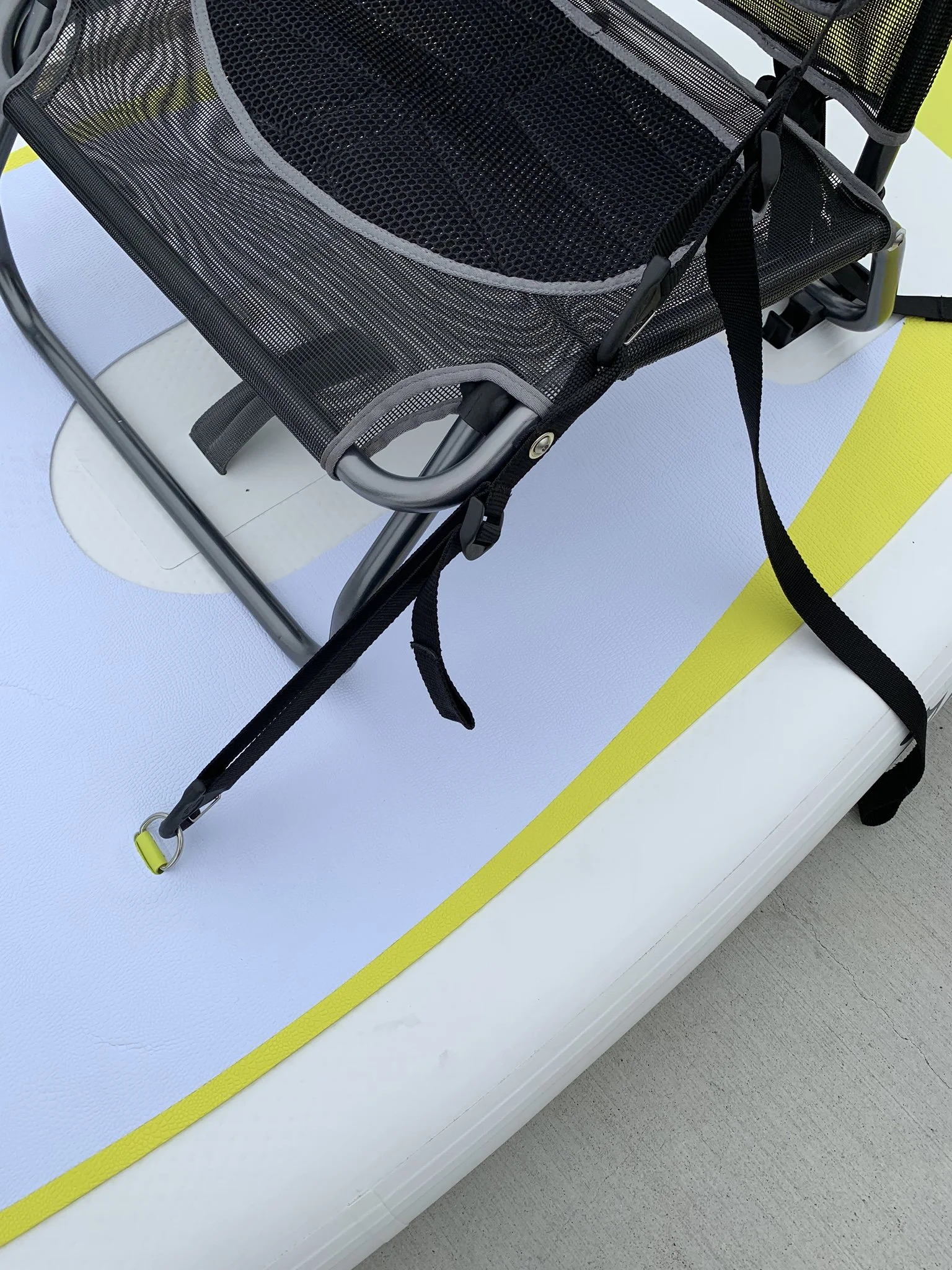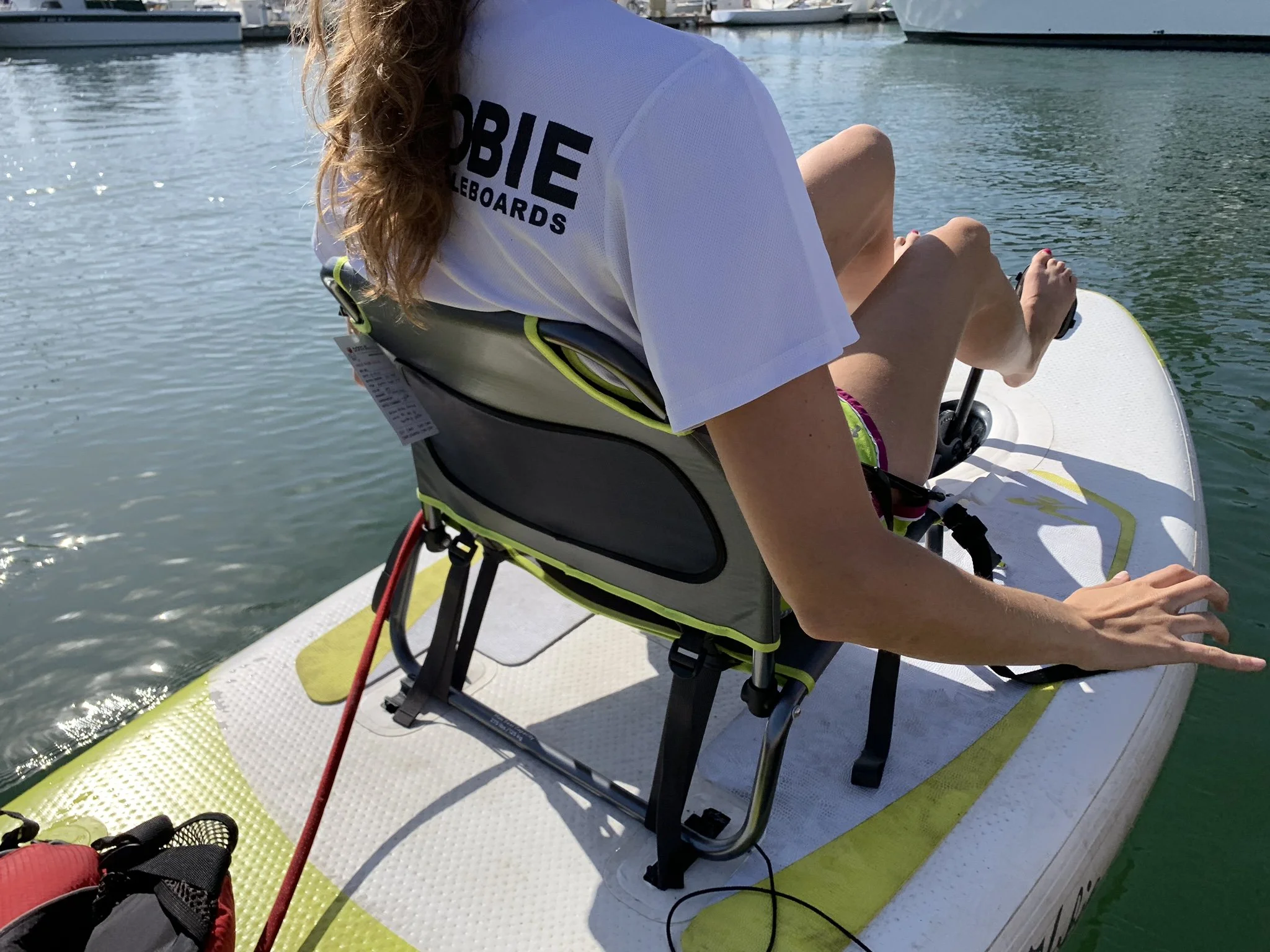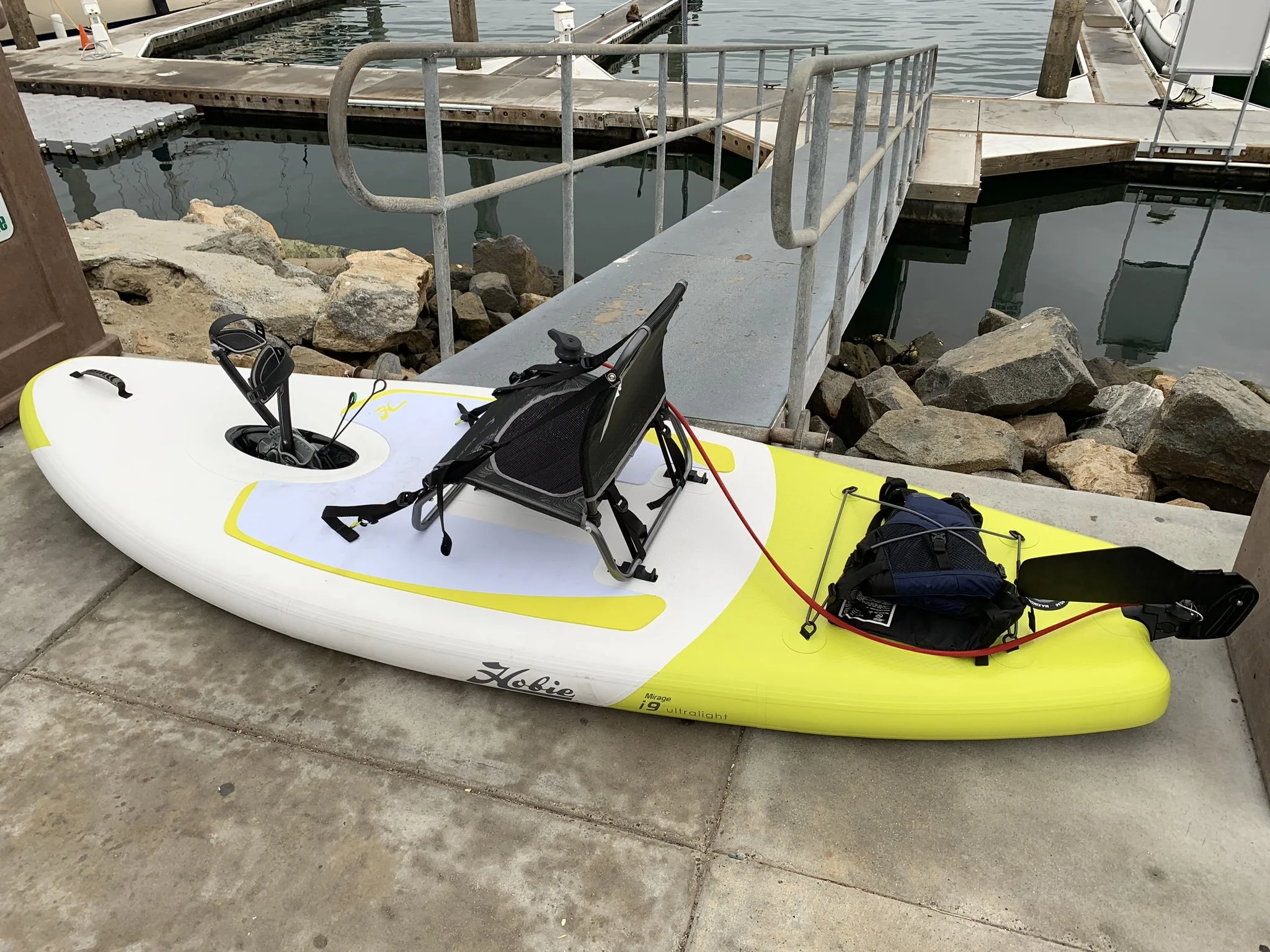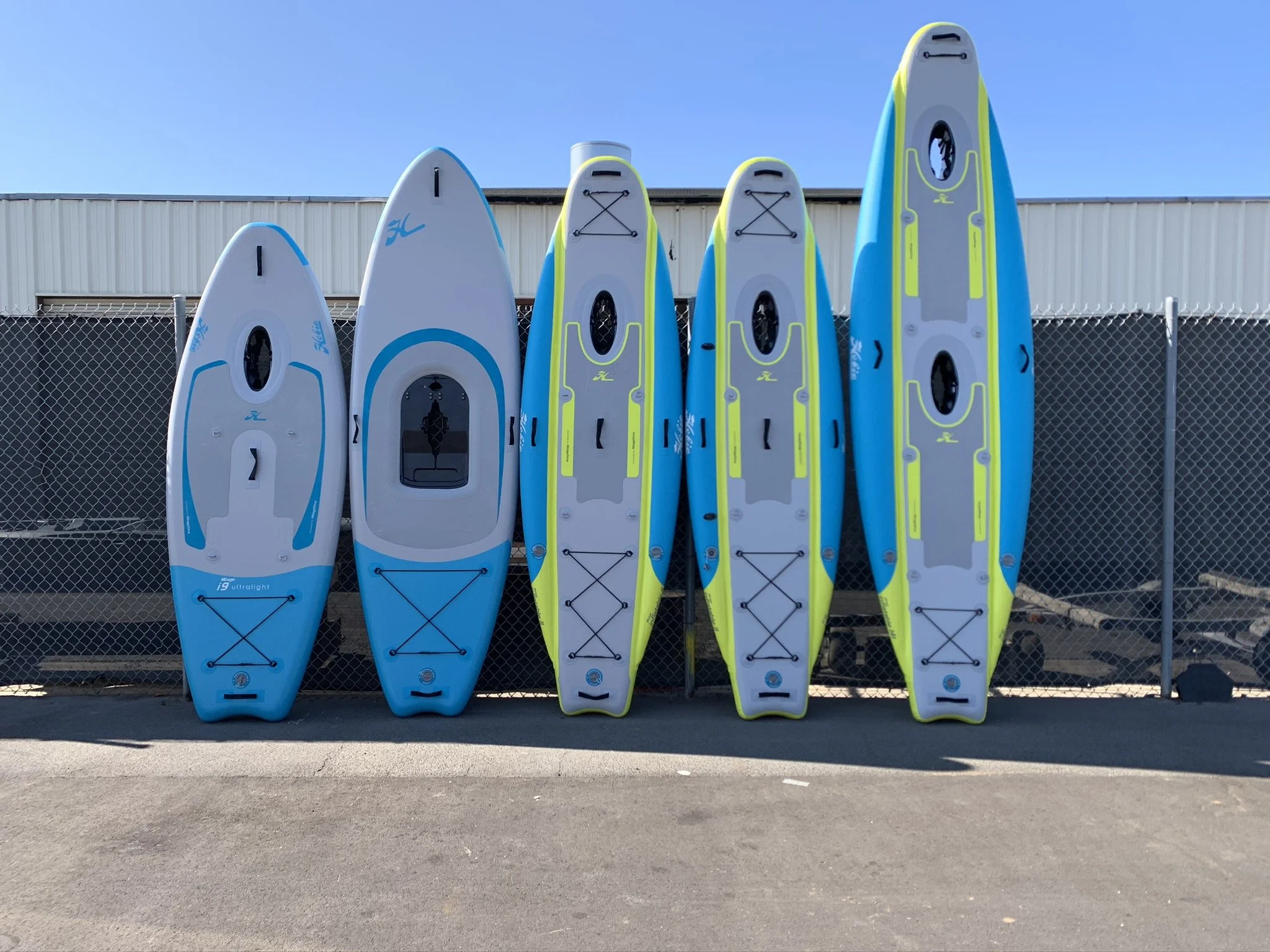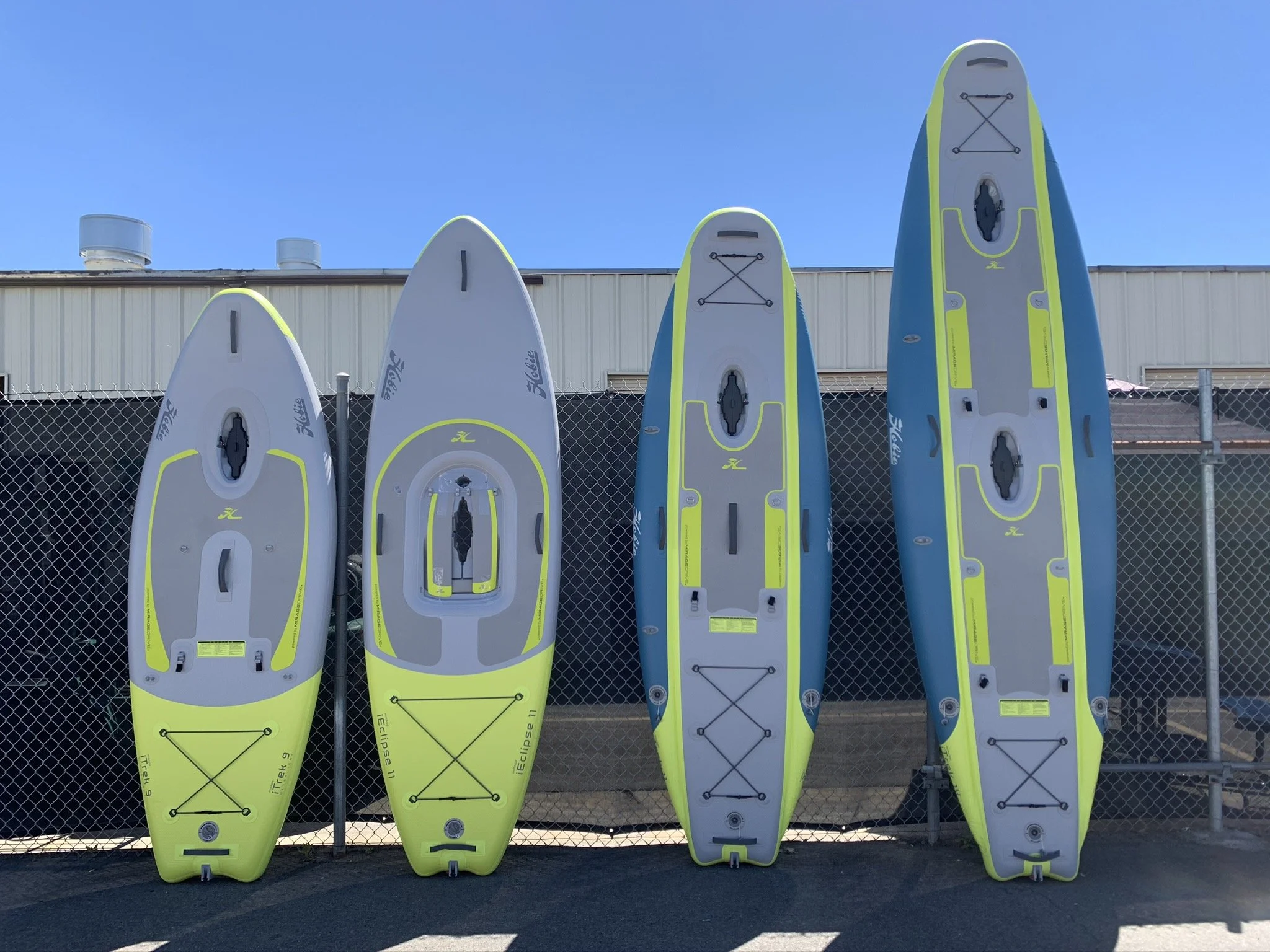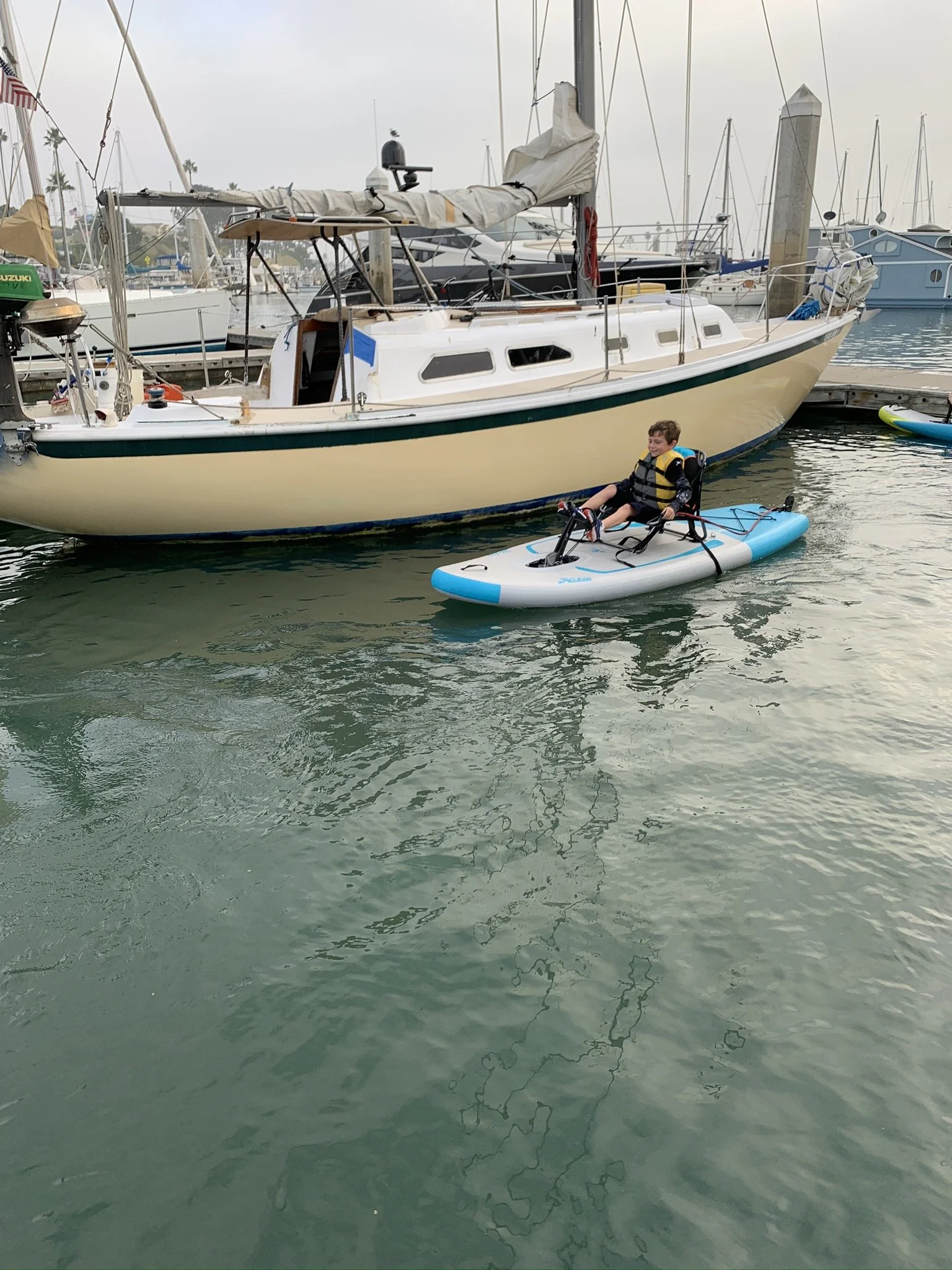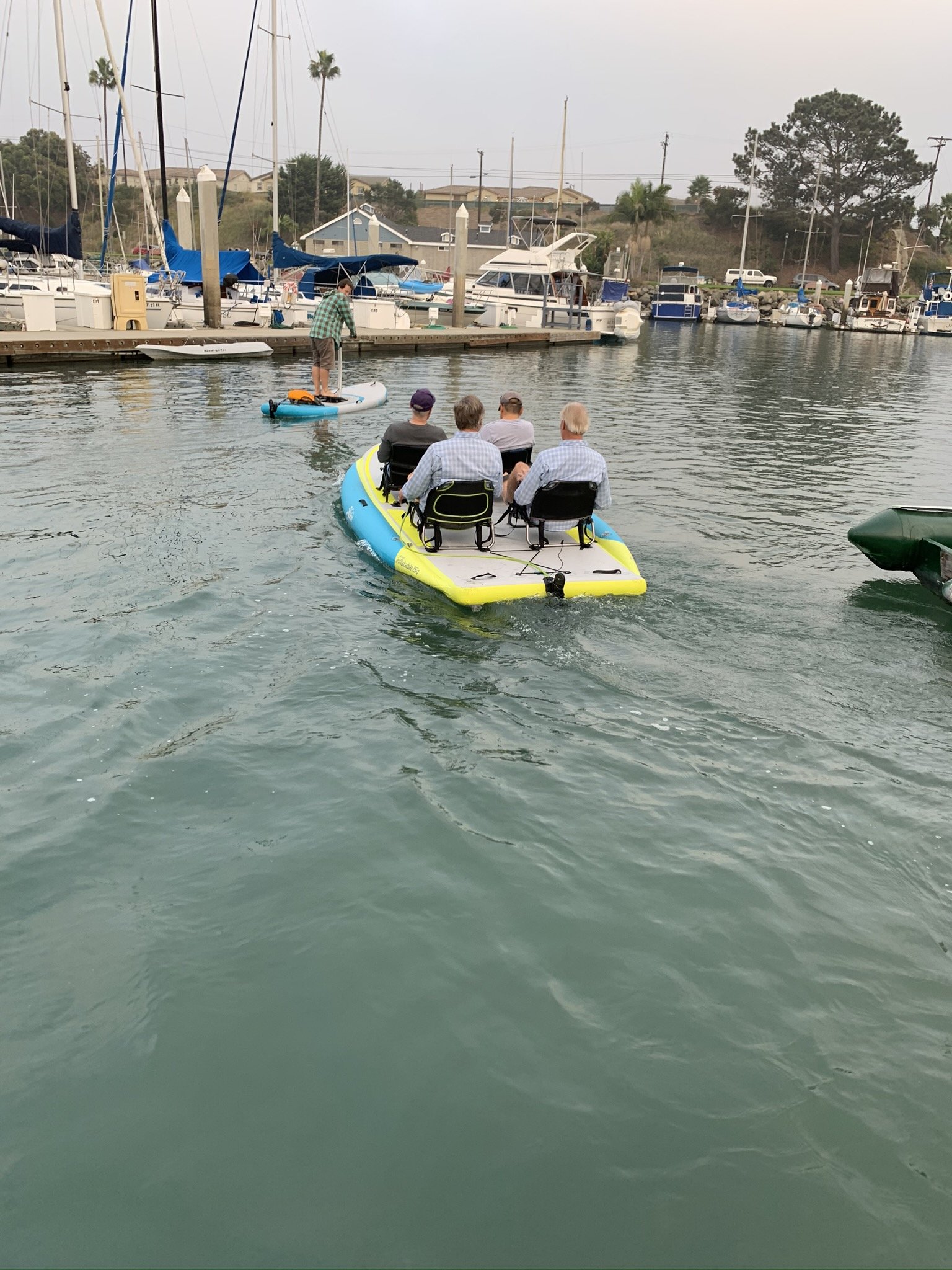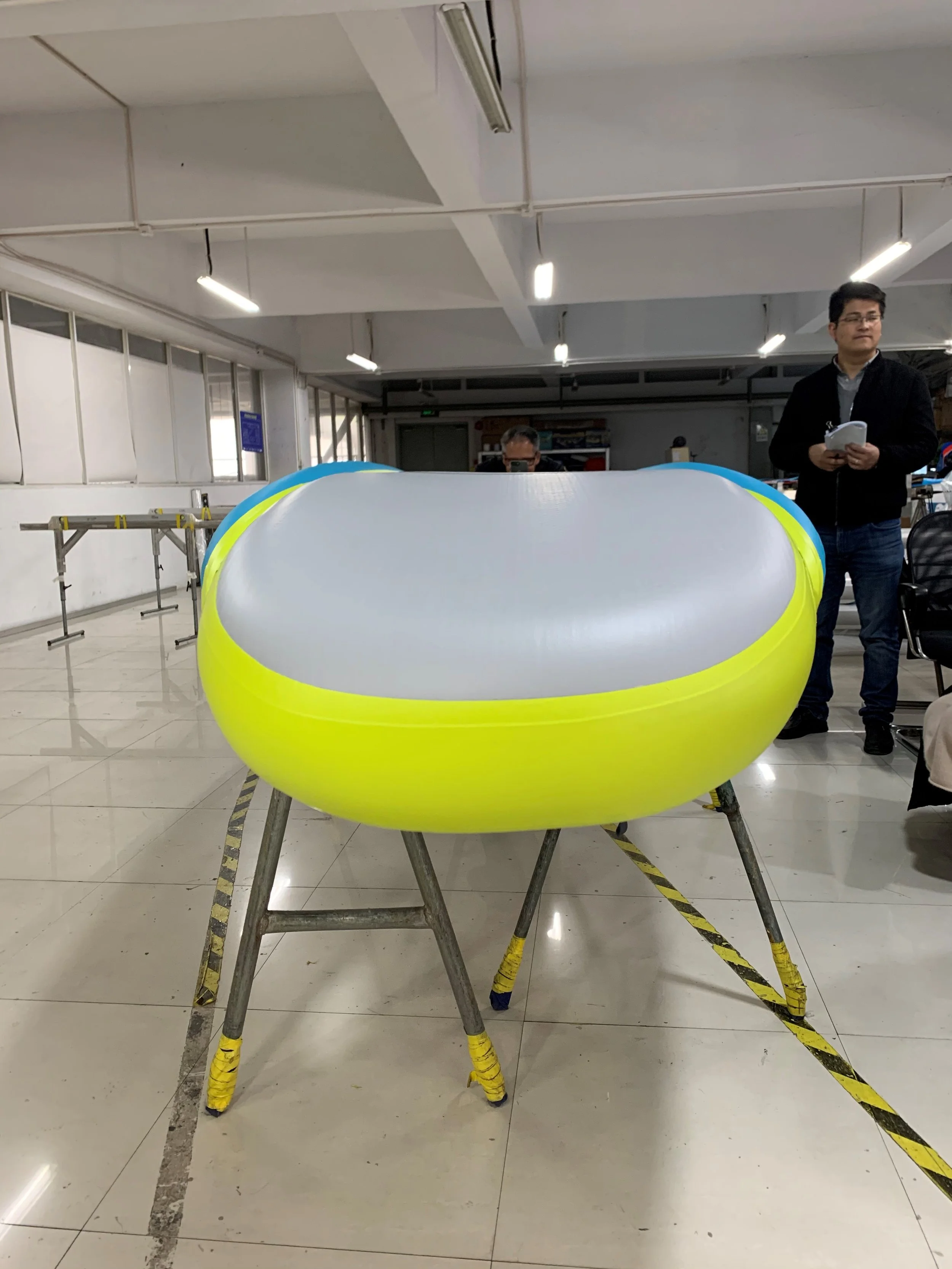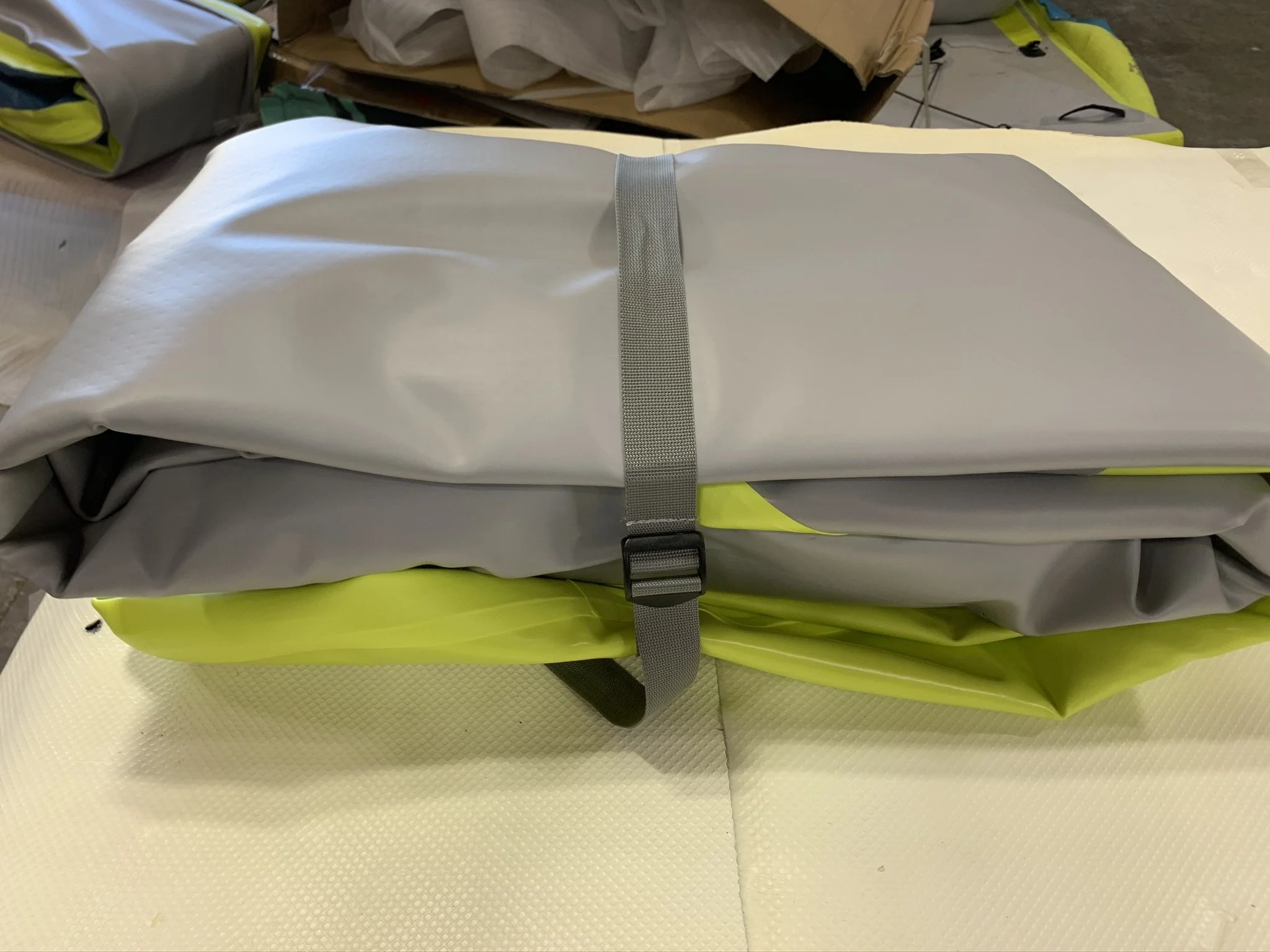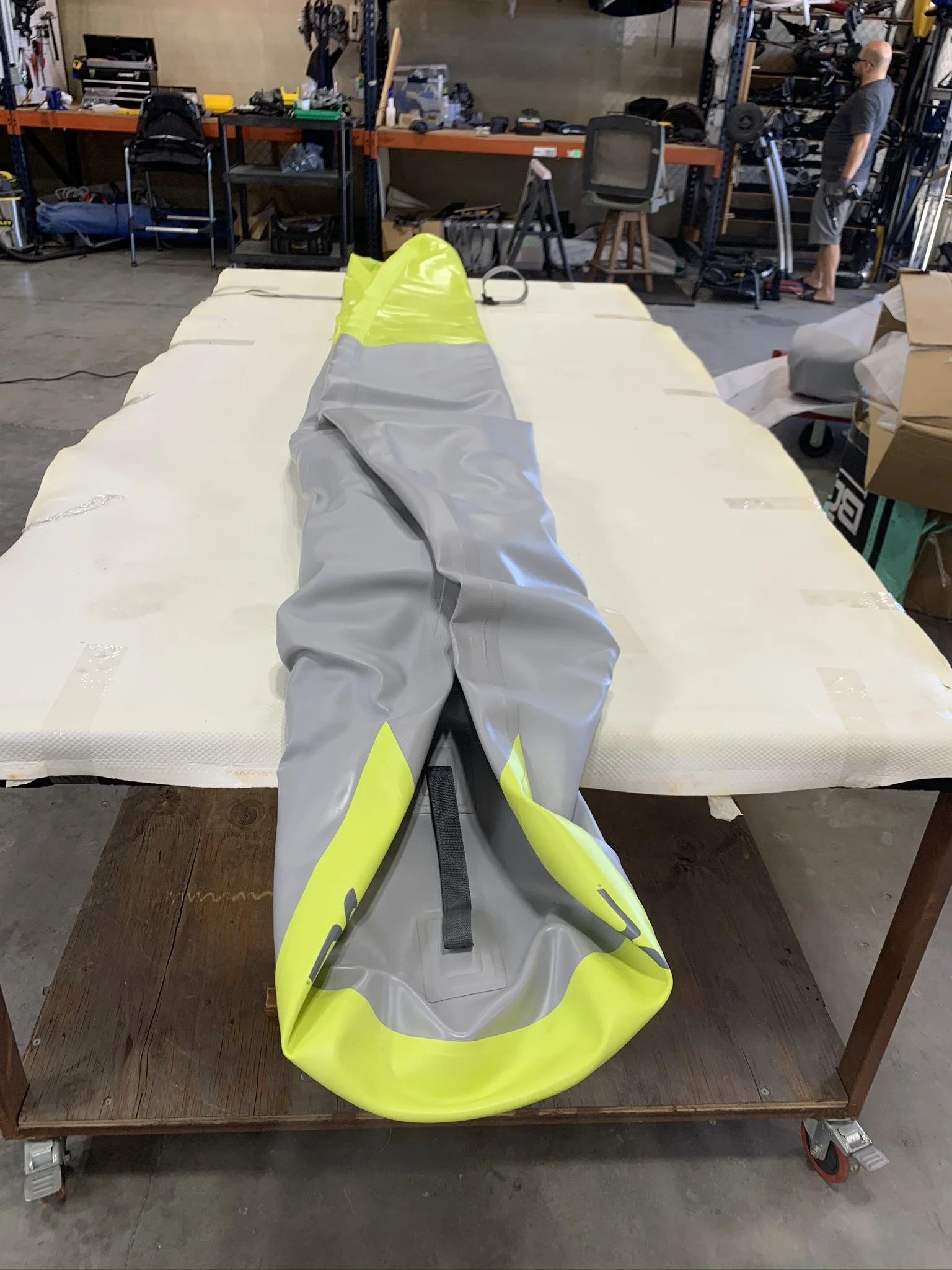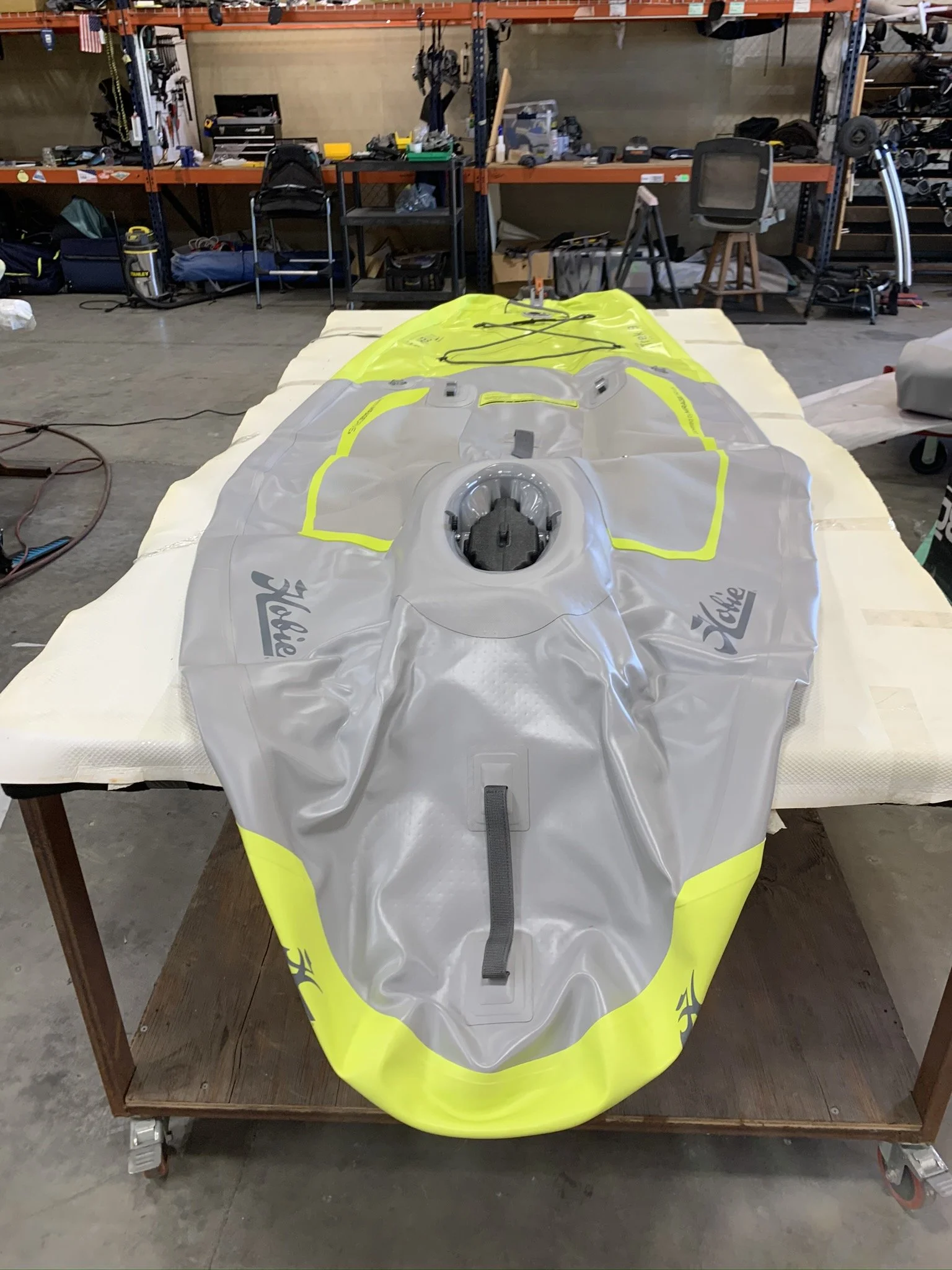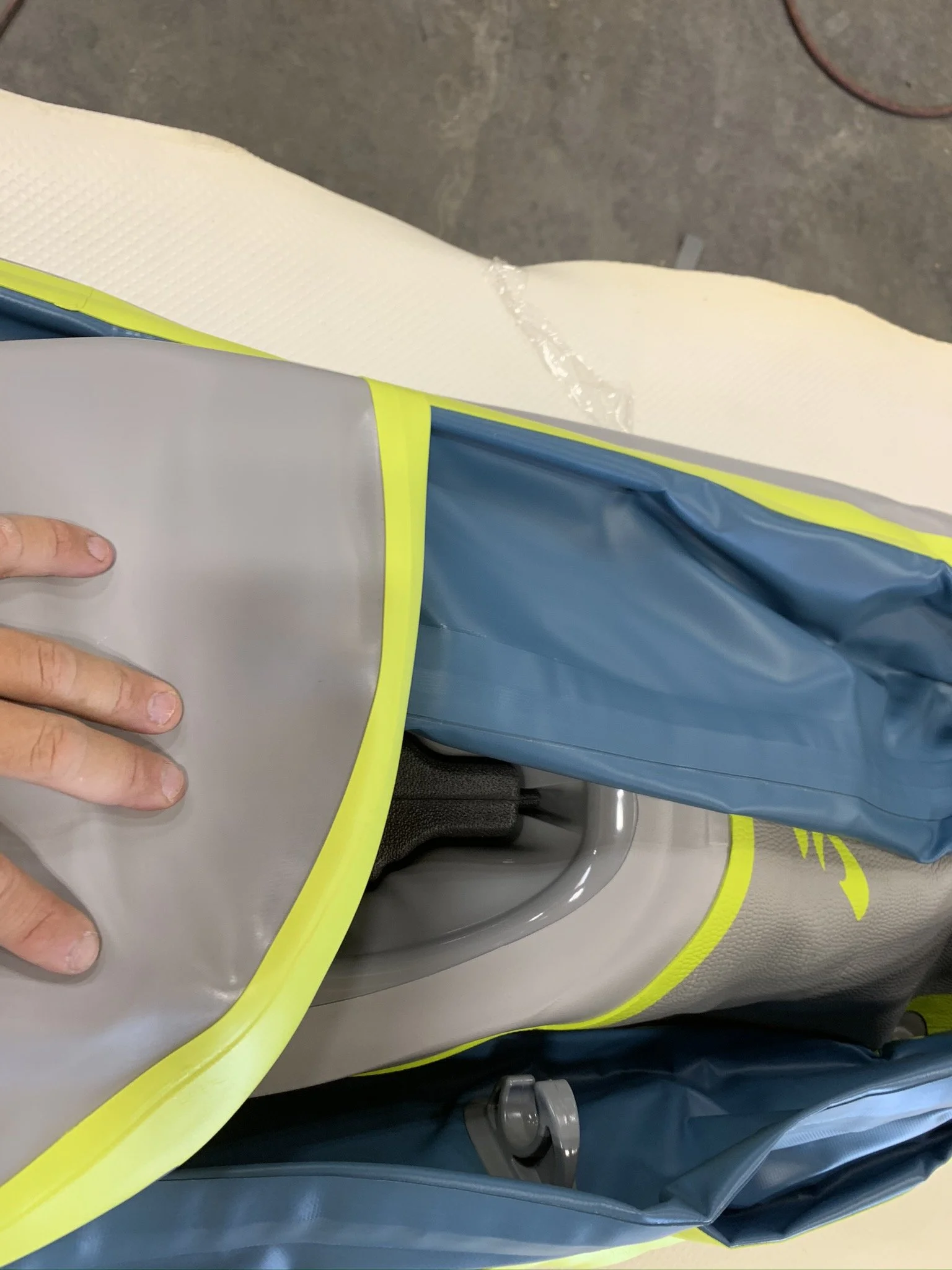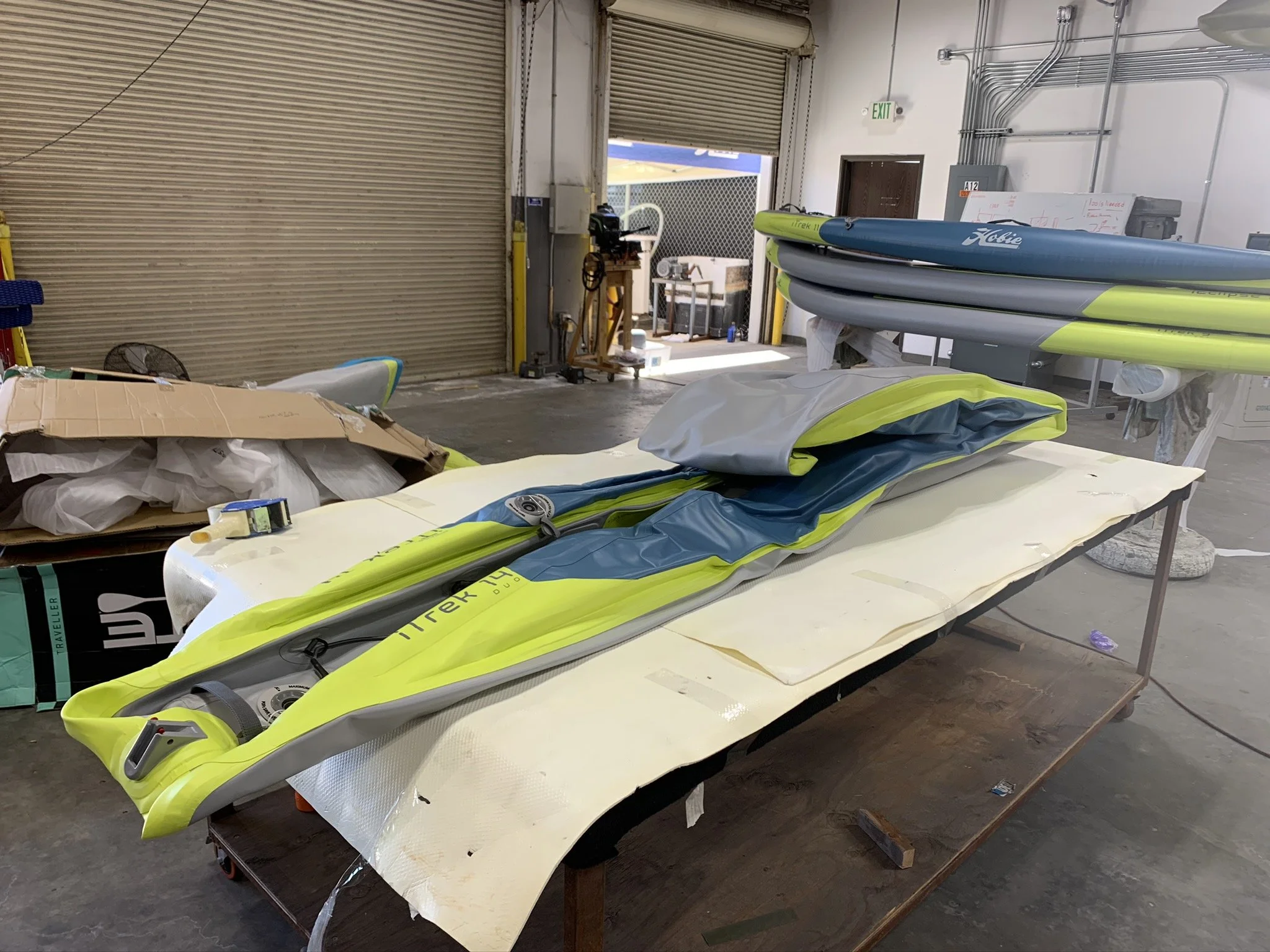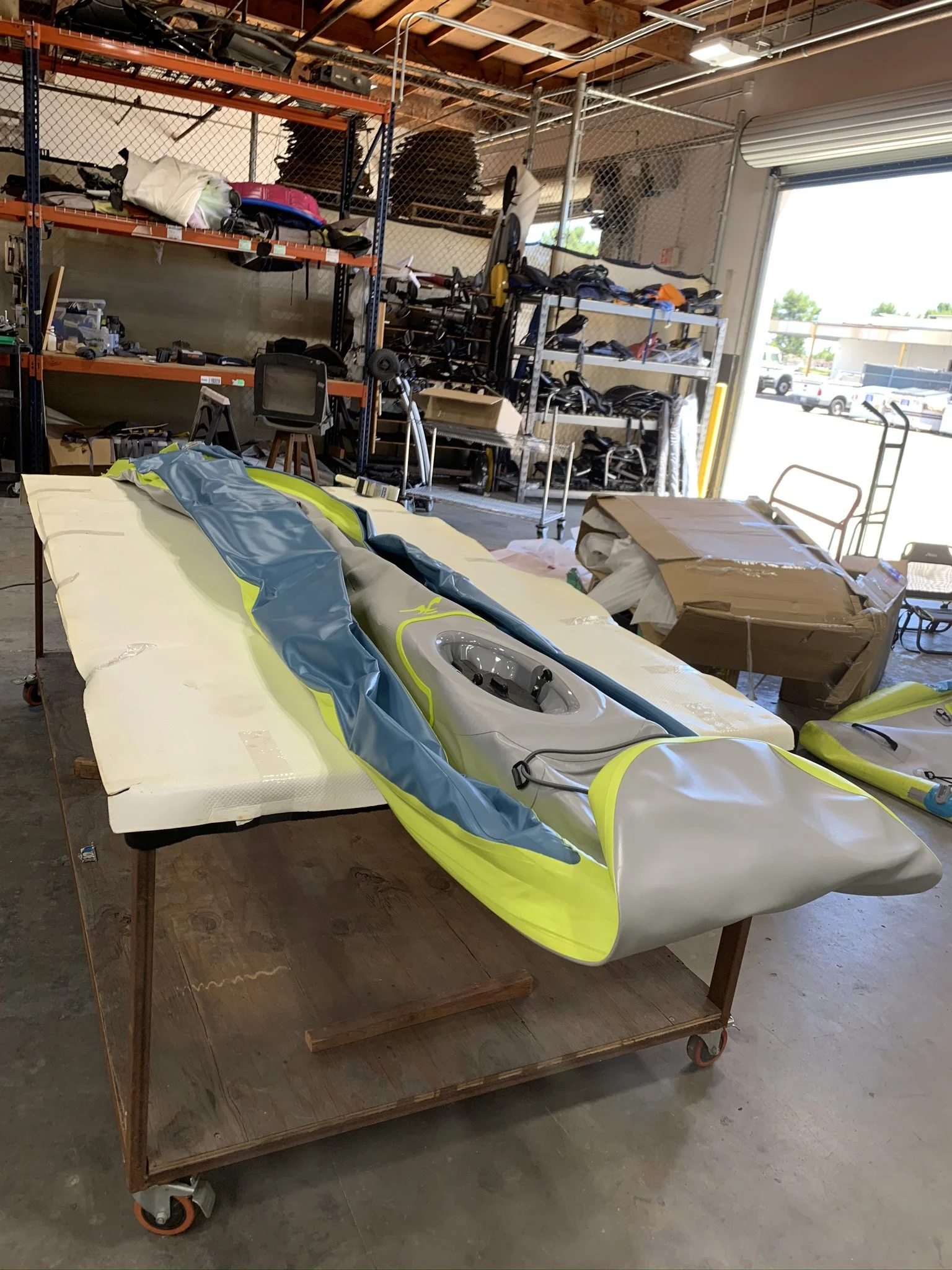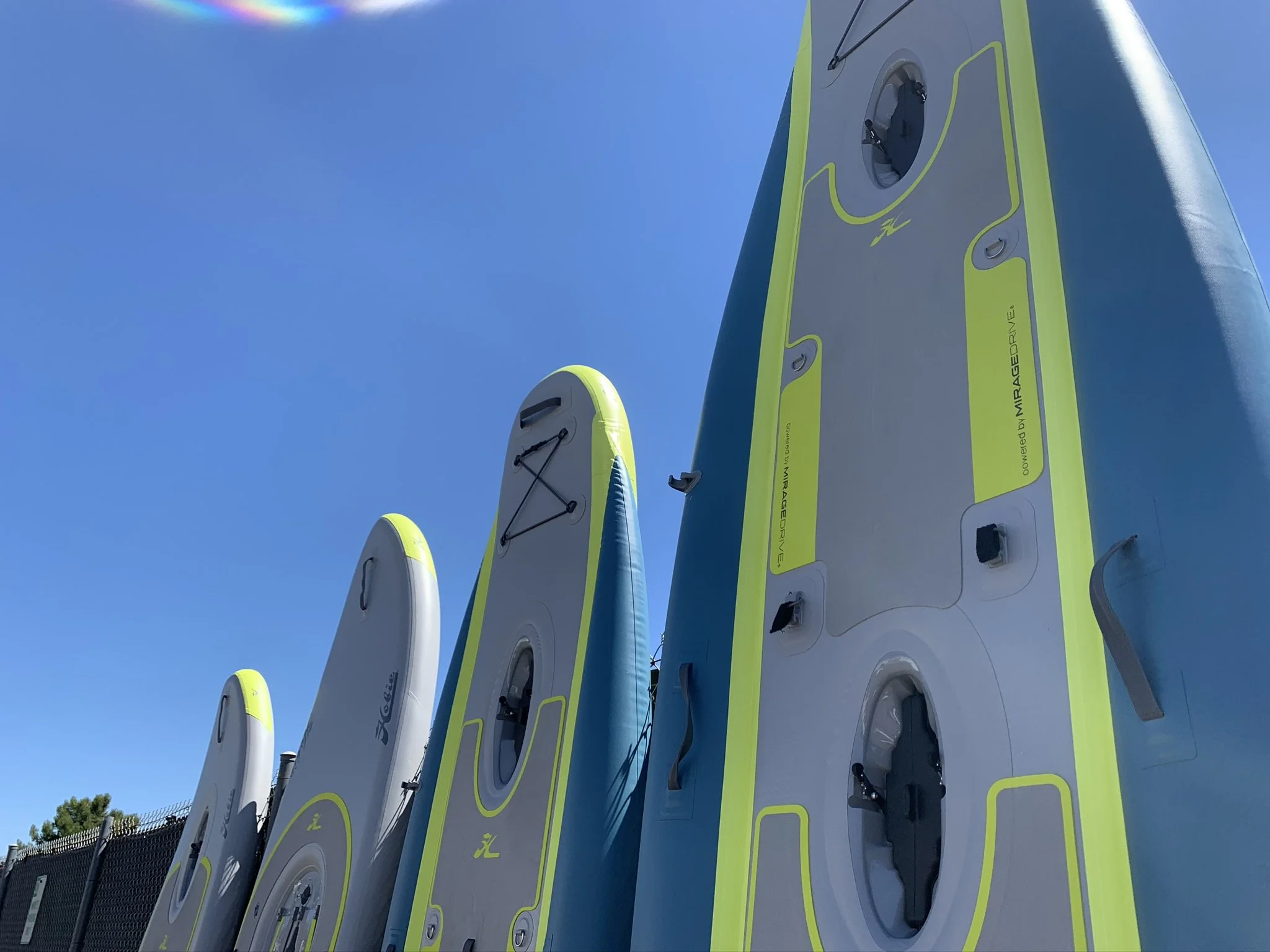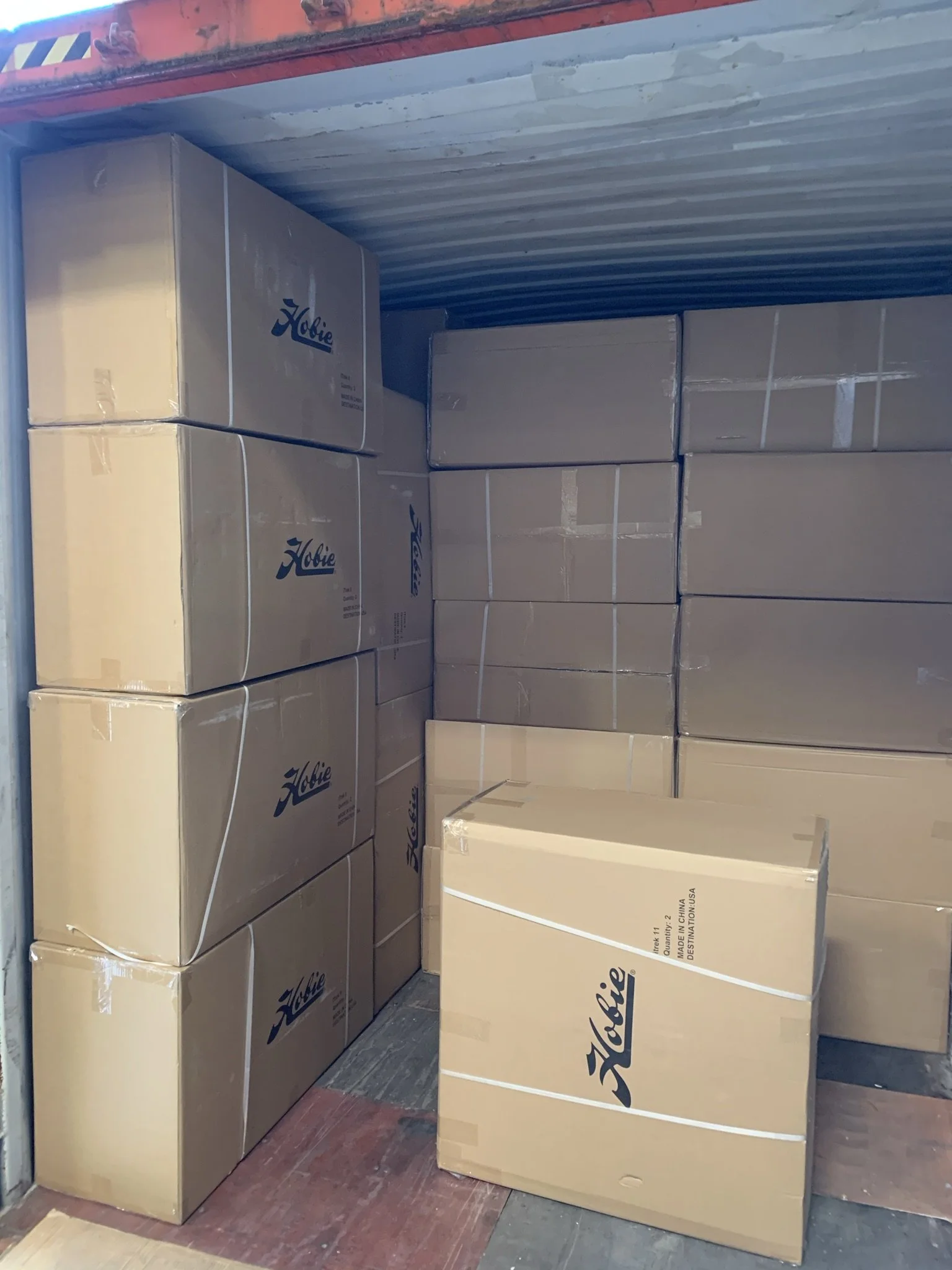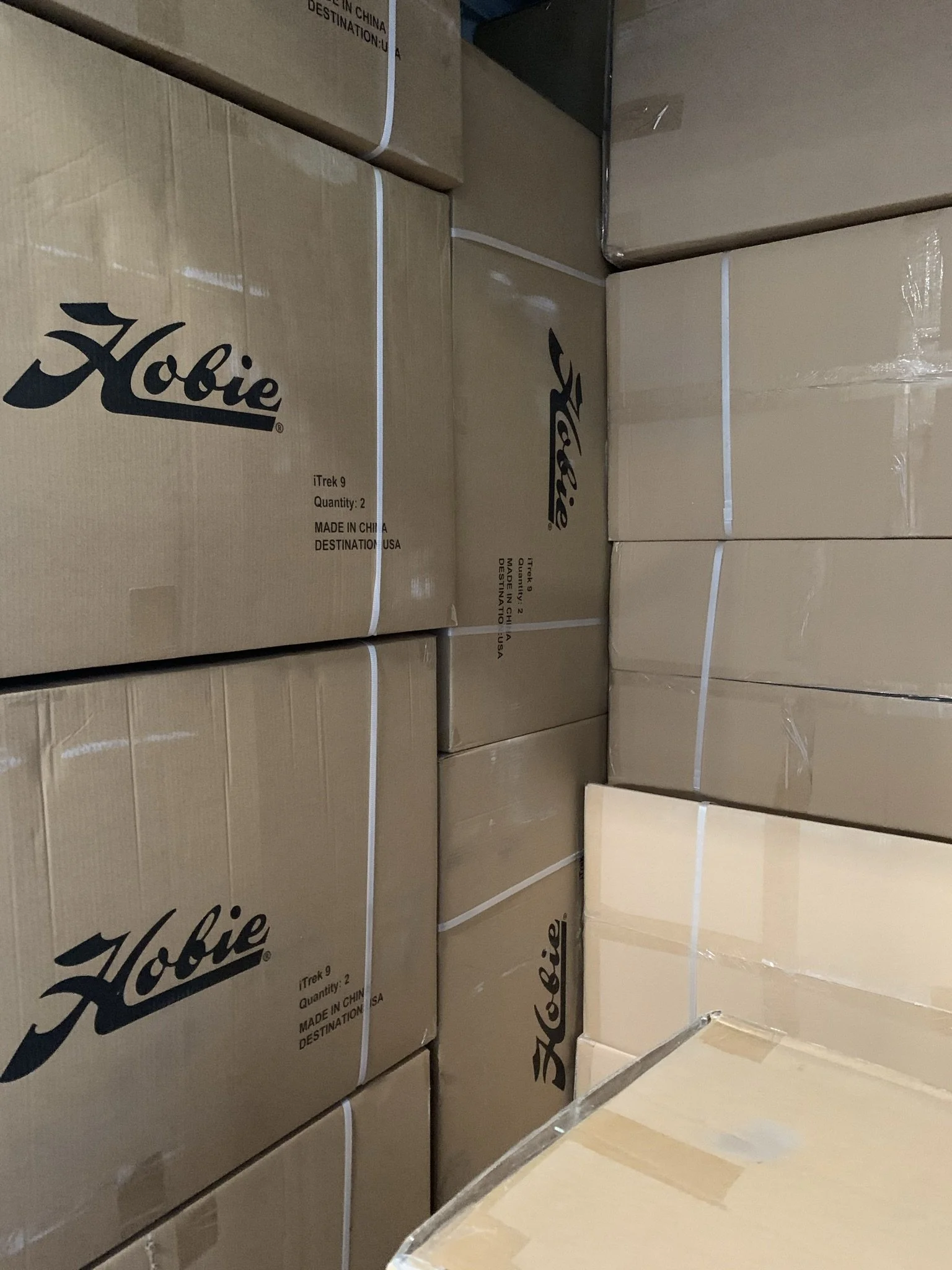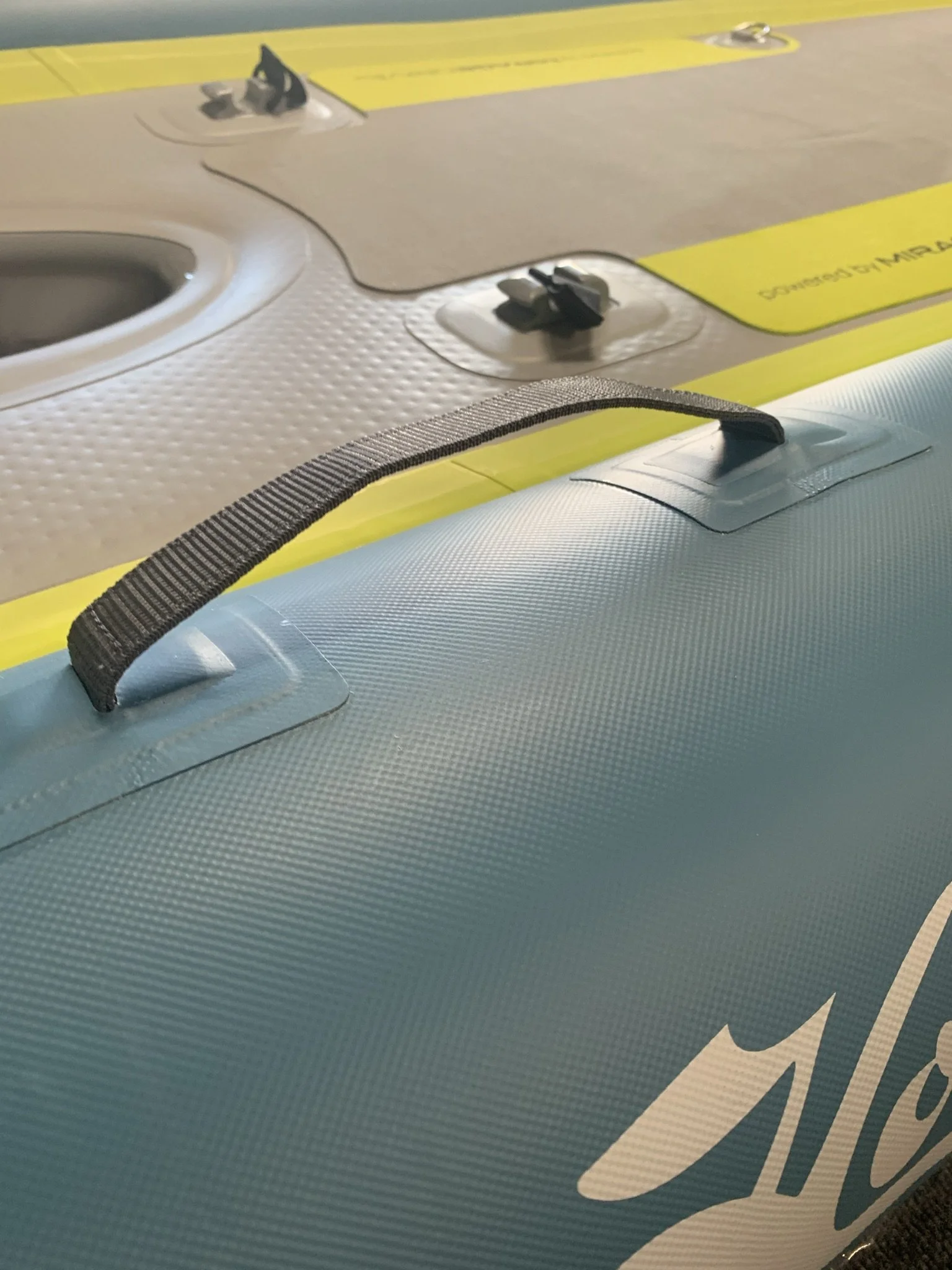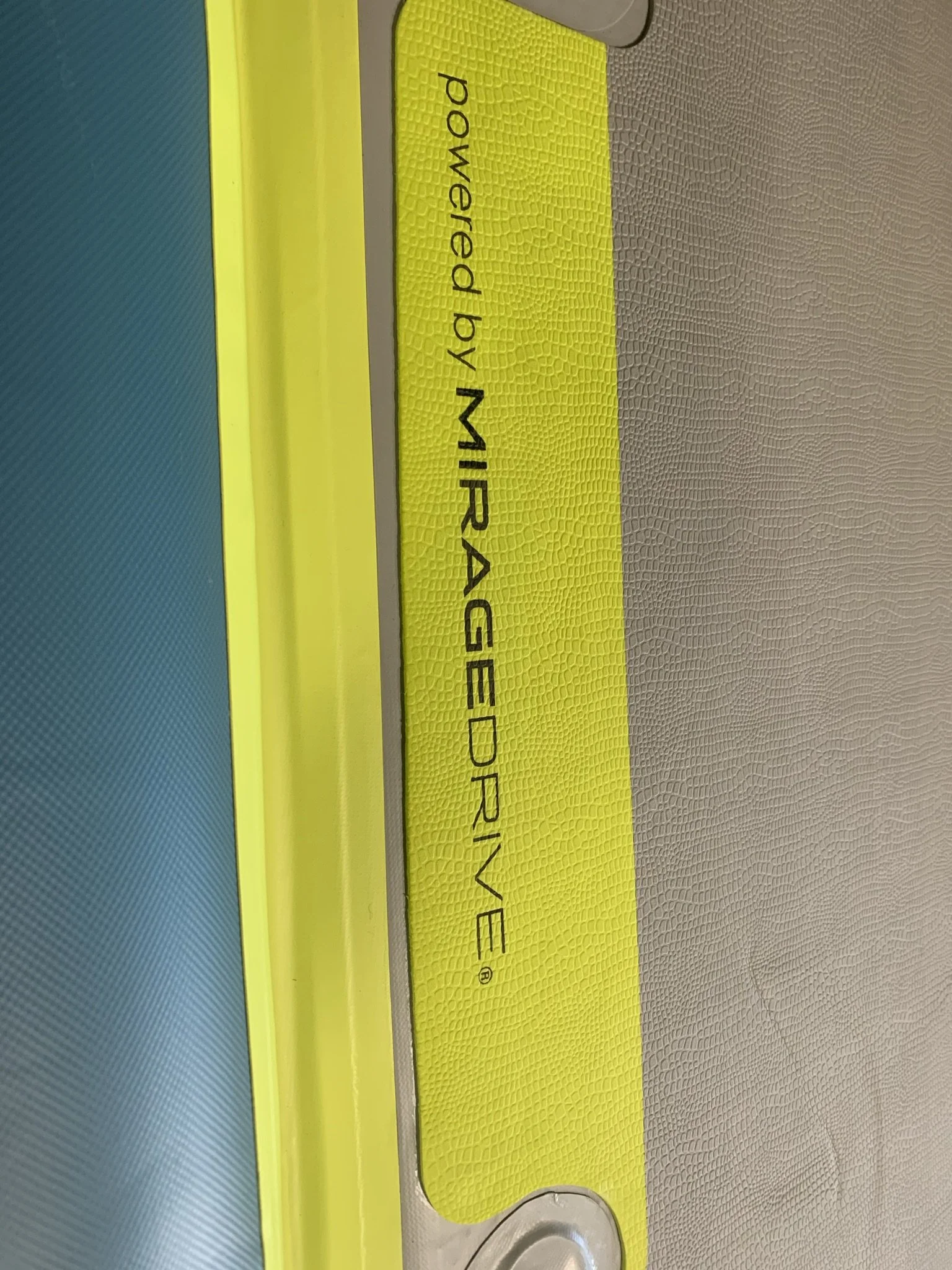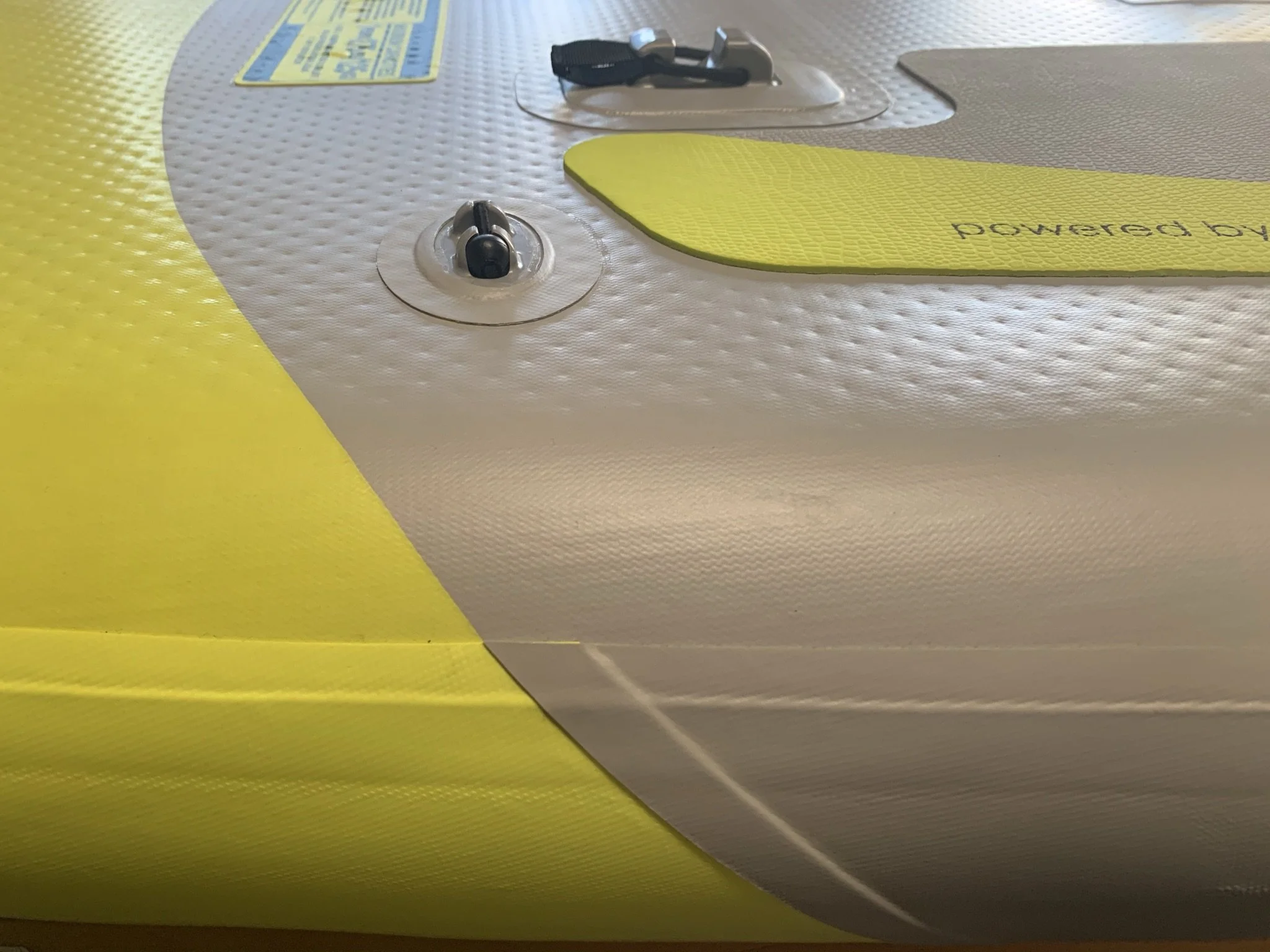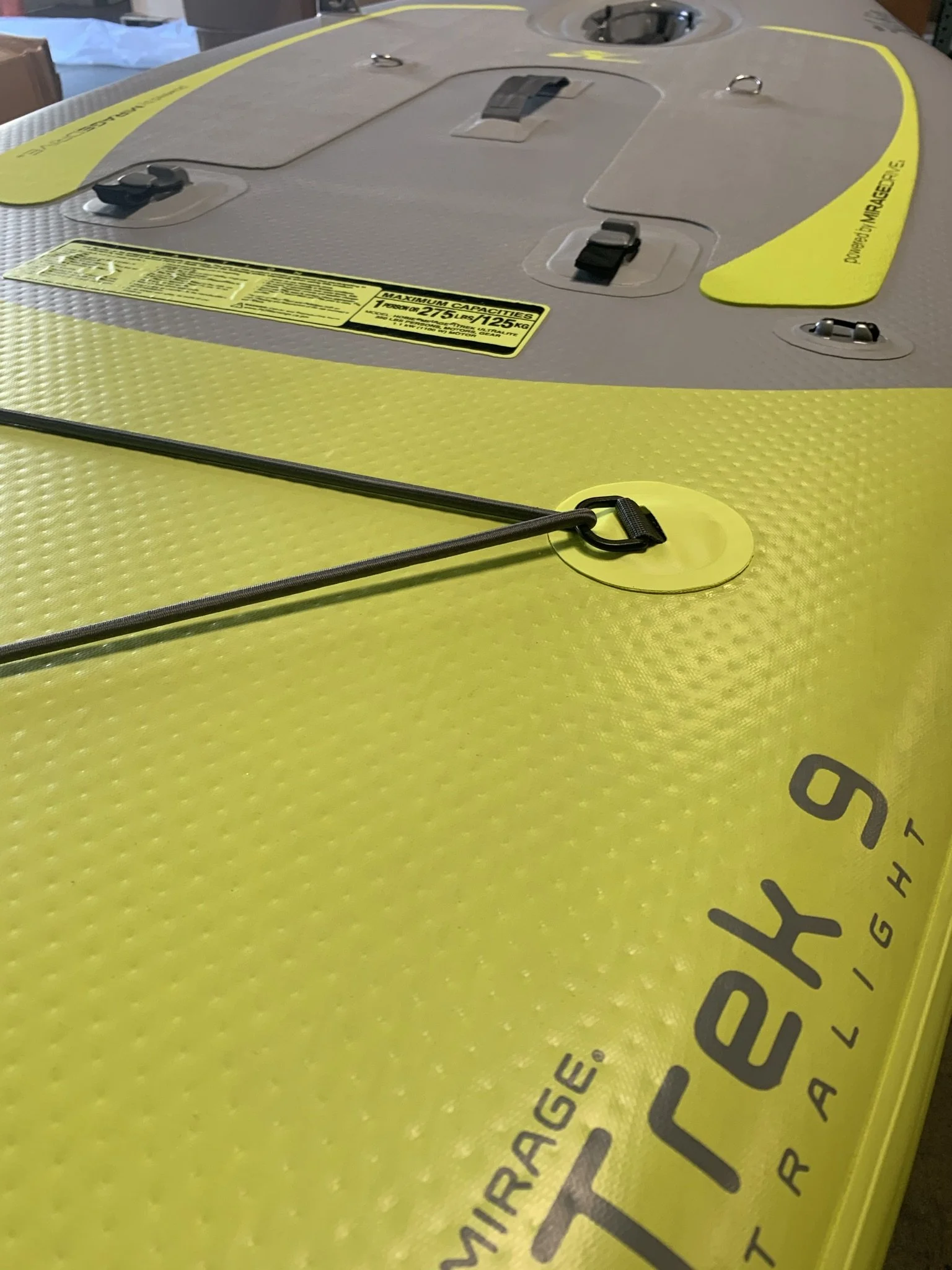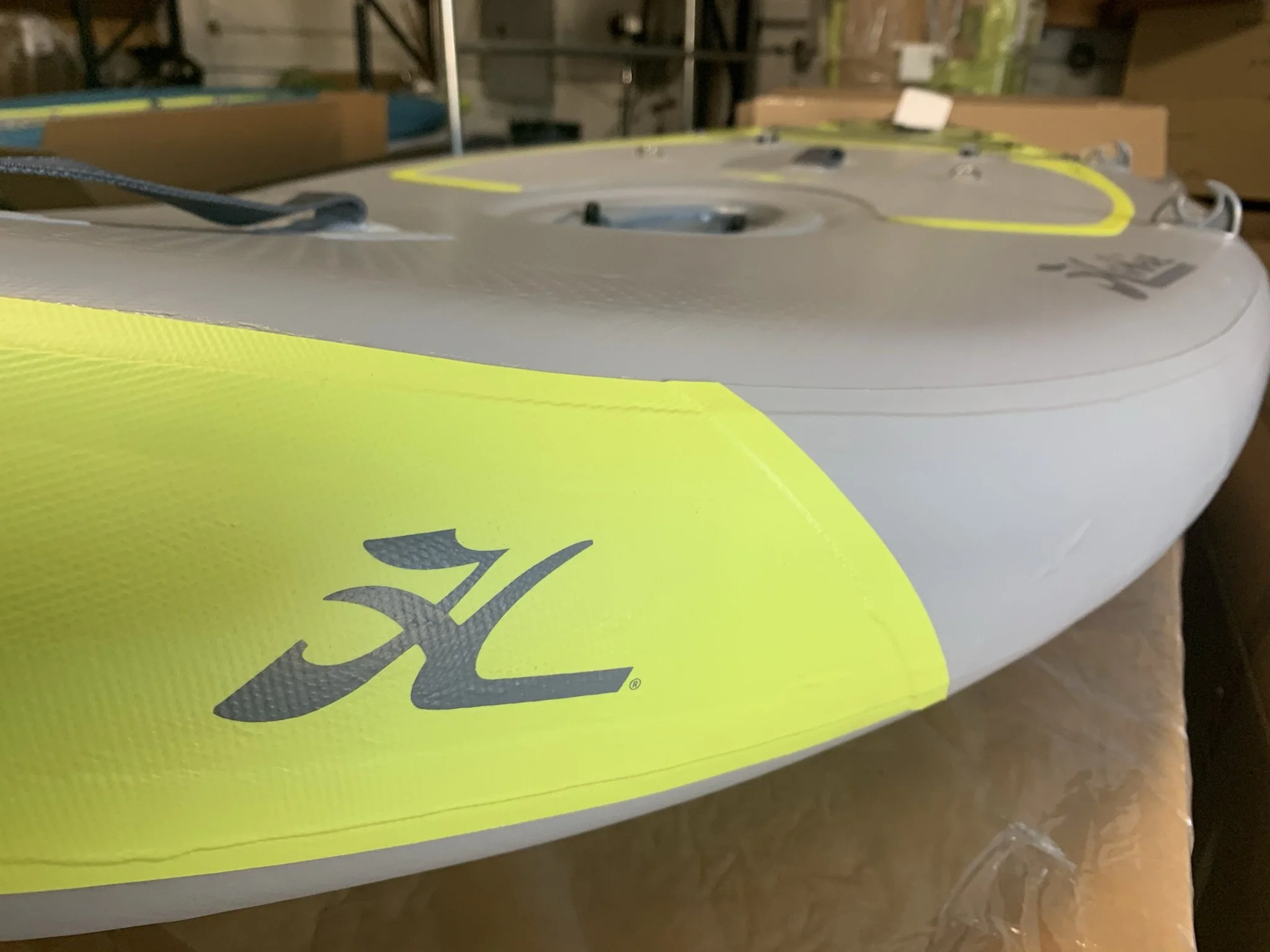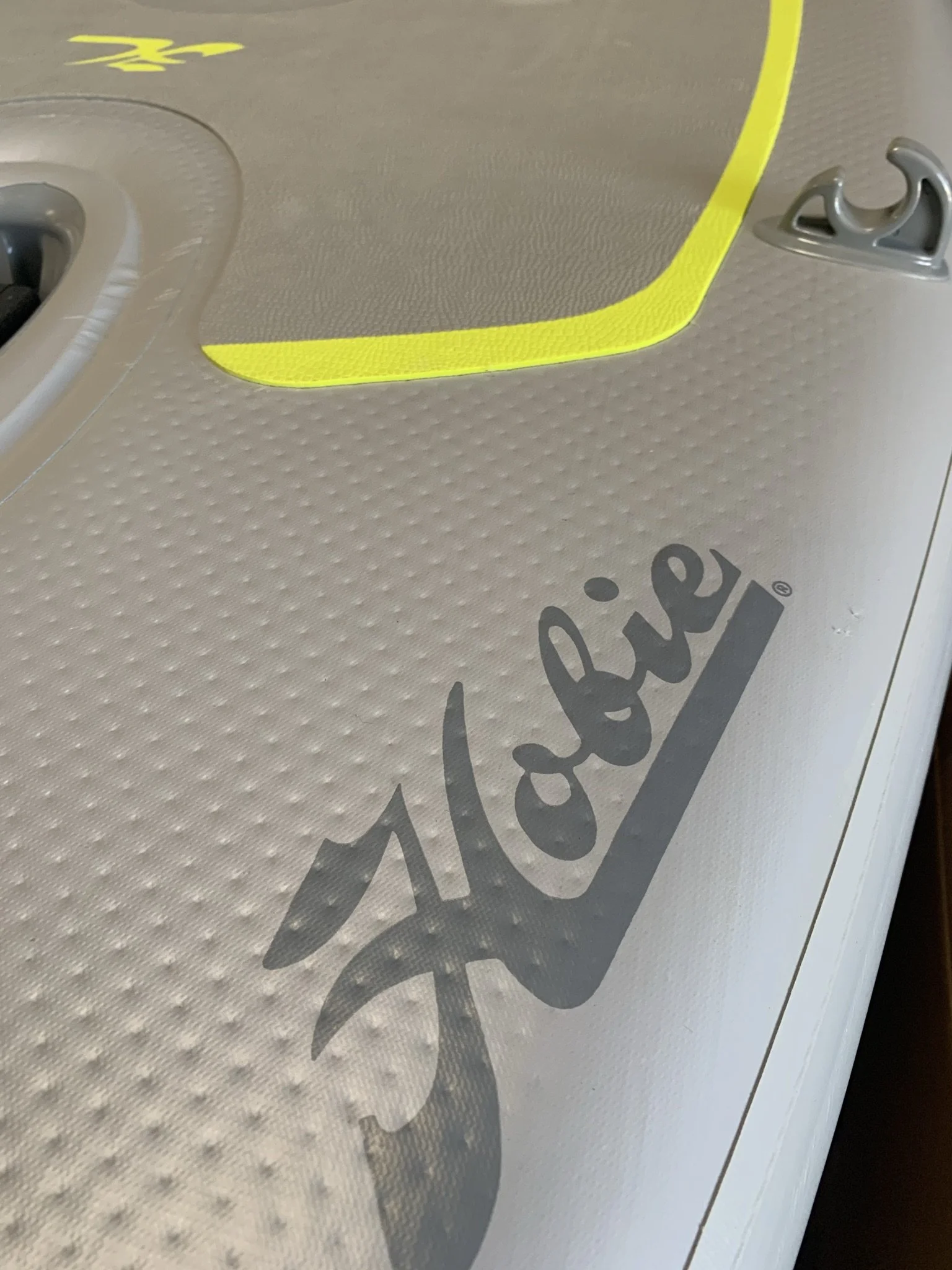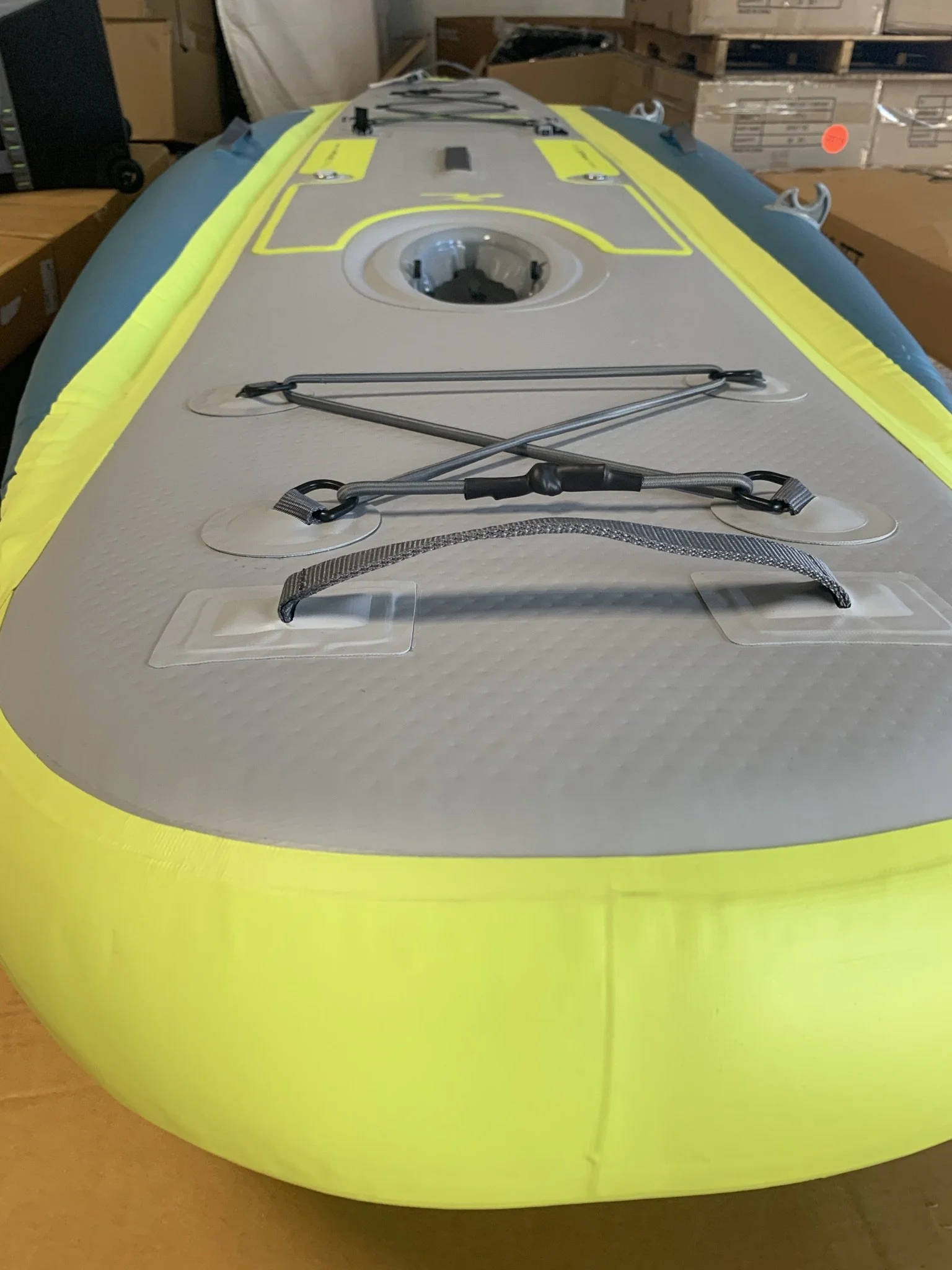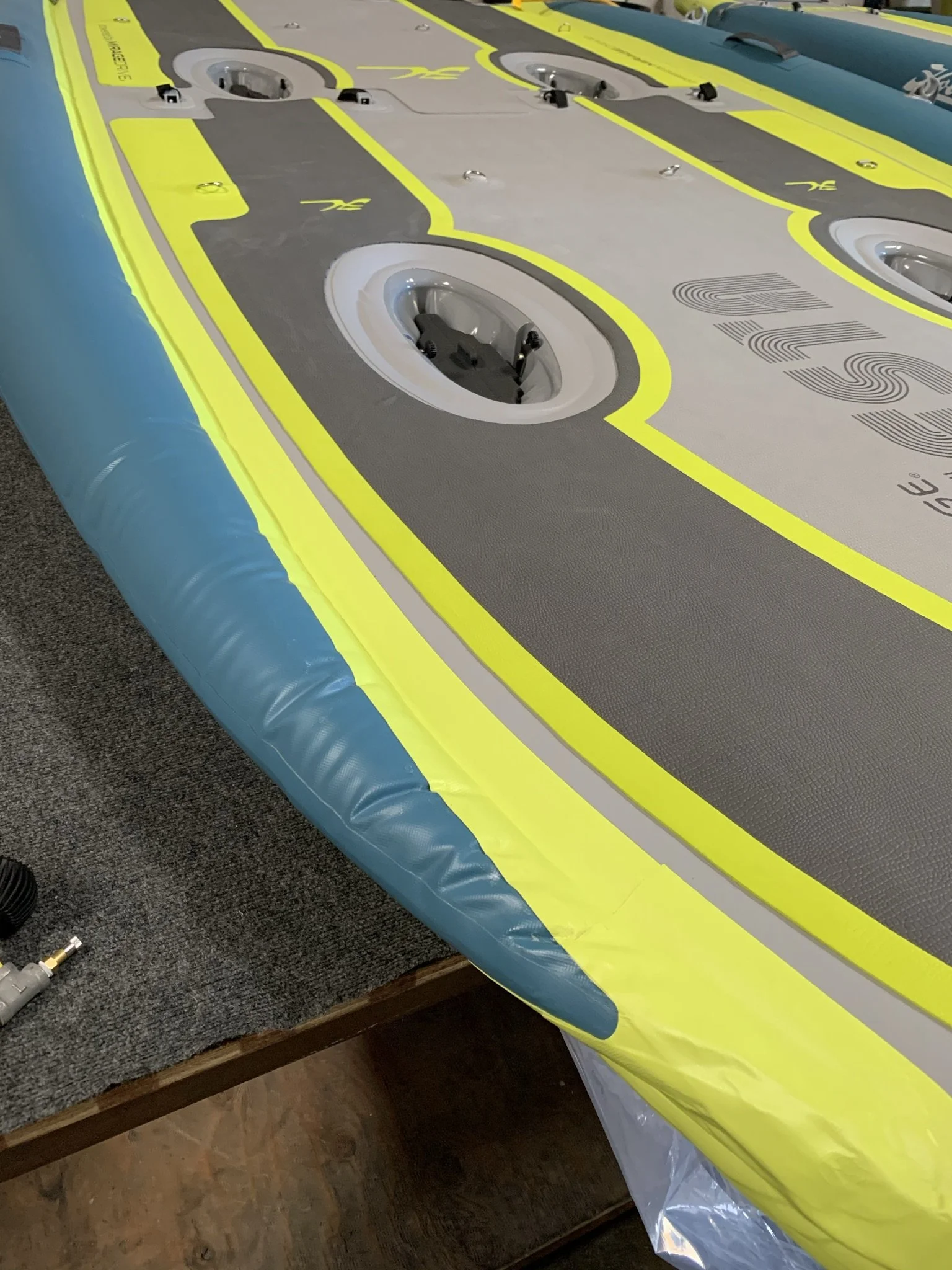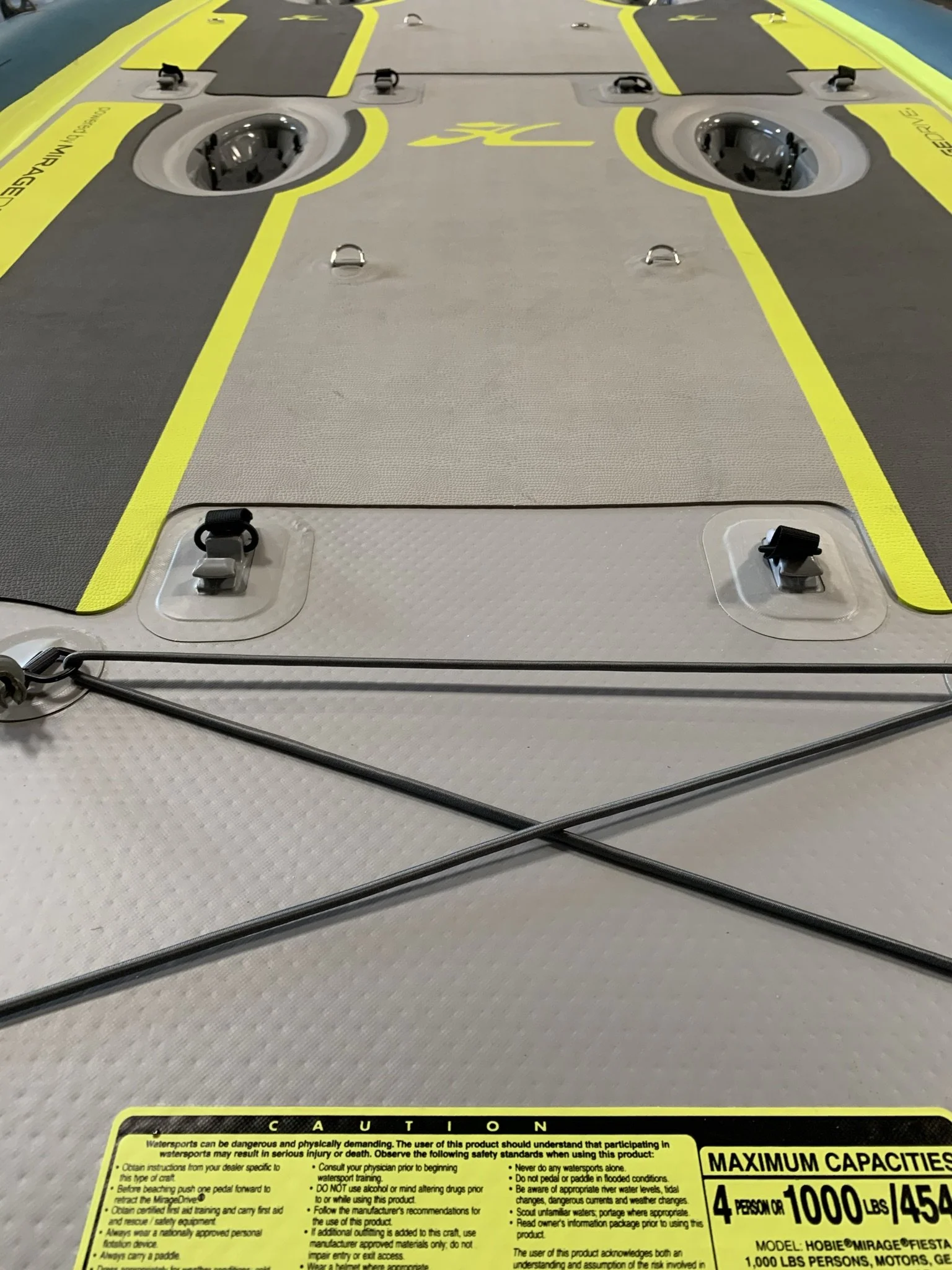Concept.
Using the i11 hull, we extended the profiles and lines into four models to fit various user needs. Each model would take the same seat, steering system, pump, and MirageDrive model. Each model would be stored in a rolling bag, specifically designed for the kayak when deflated and folded. Under my contract, I can’t show sketches for the form development of the hull.
Prototypes.
Since we do not have the capabilities to construct inflatable kayaks in-house, we sent the designs out immediately for sampling. 3D printed parts were sent out to vendors so we could begin testing the on-hull interfacing parts.
Samples.
Two rounds of samples were made to qualify our vendor and approve units for products. Samples were tested for two years to verify quality and construction. Testing also gave us assurance that the materials are UV stable and corrosion-resistant. Two trips to Asia were required for rapid development and quality assurance.
Production.
Hulls were delayed due to Covid-19. Once the inflatable factory was able to resume work, the factory workforce returned to only 25%. The first and second PO for production hulls were delayed by six months and the quality did not match the control samples approved. Since travel was suspended, we hired a third-party quality inspection company to oversee future production. Quality has increased since. Q1 2022 saw the largest sales of inflatable kayaks to date with over 1500 units sold in 4 months. (Update: May 2022)
-
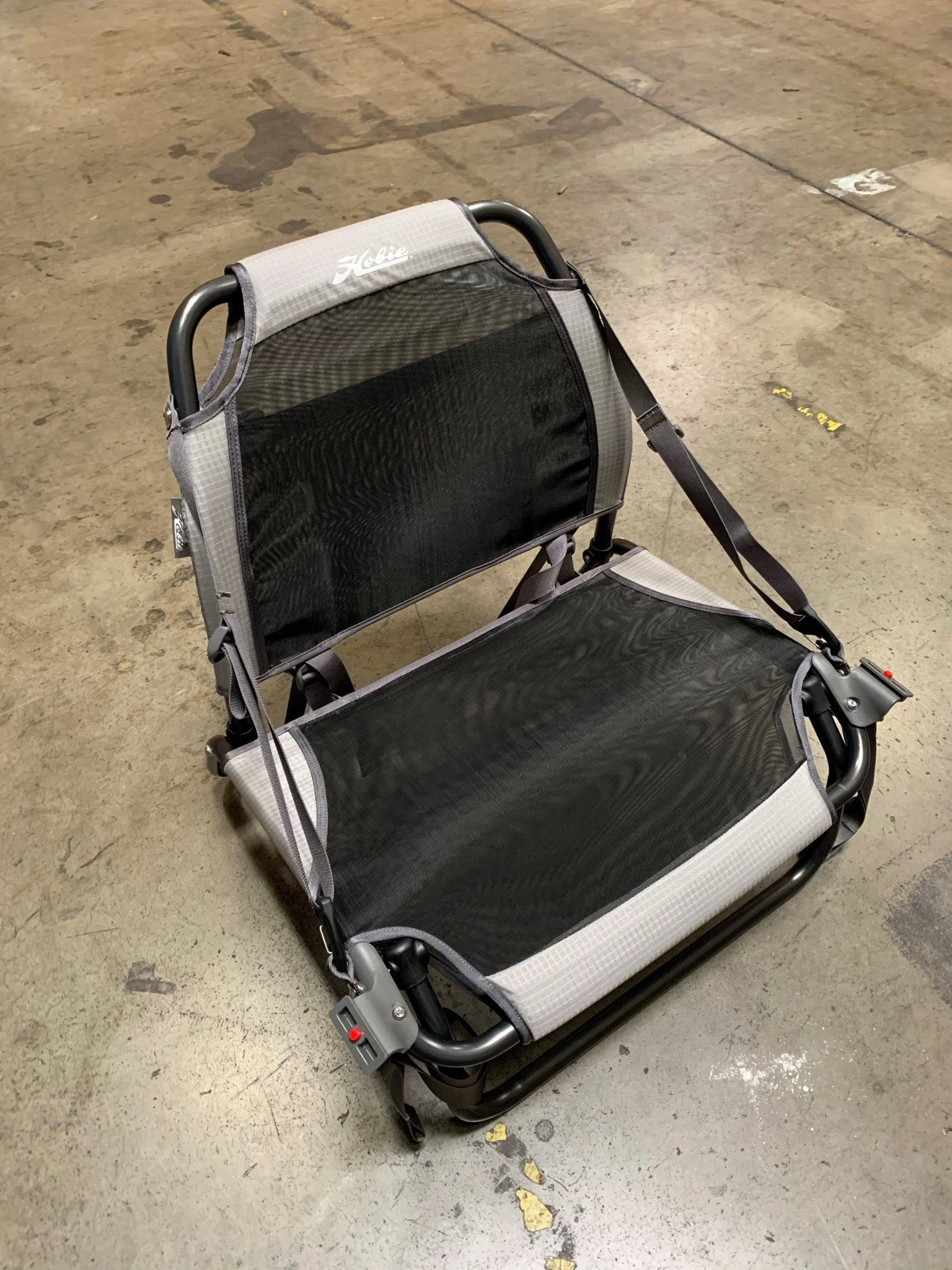
Seat
-

Steering
-
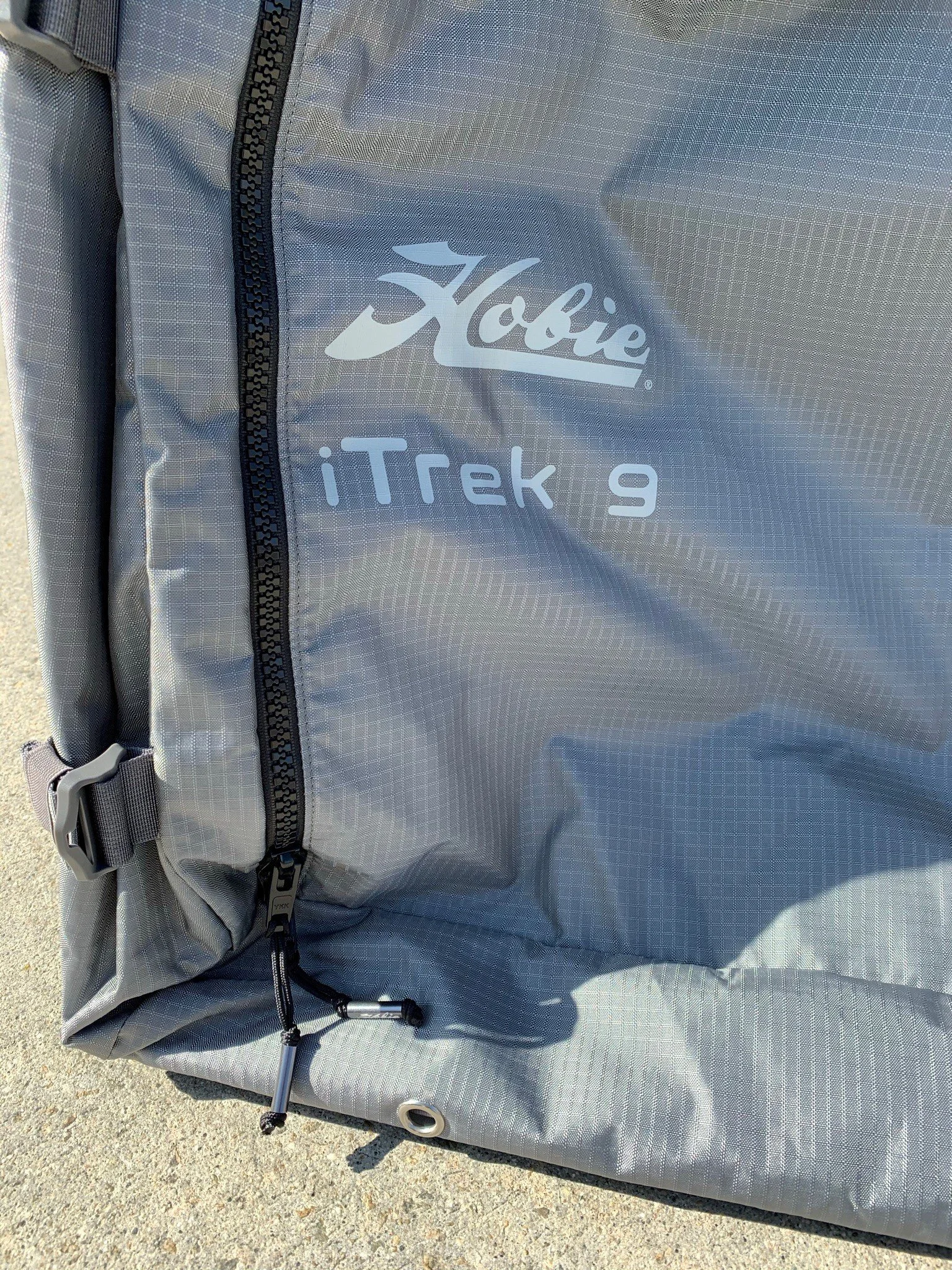
Bag
-

Interface
-

Industrial Design





